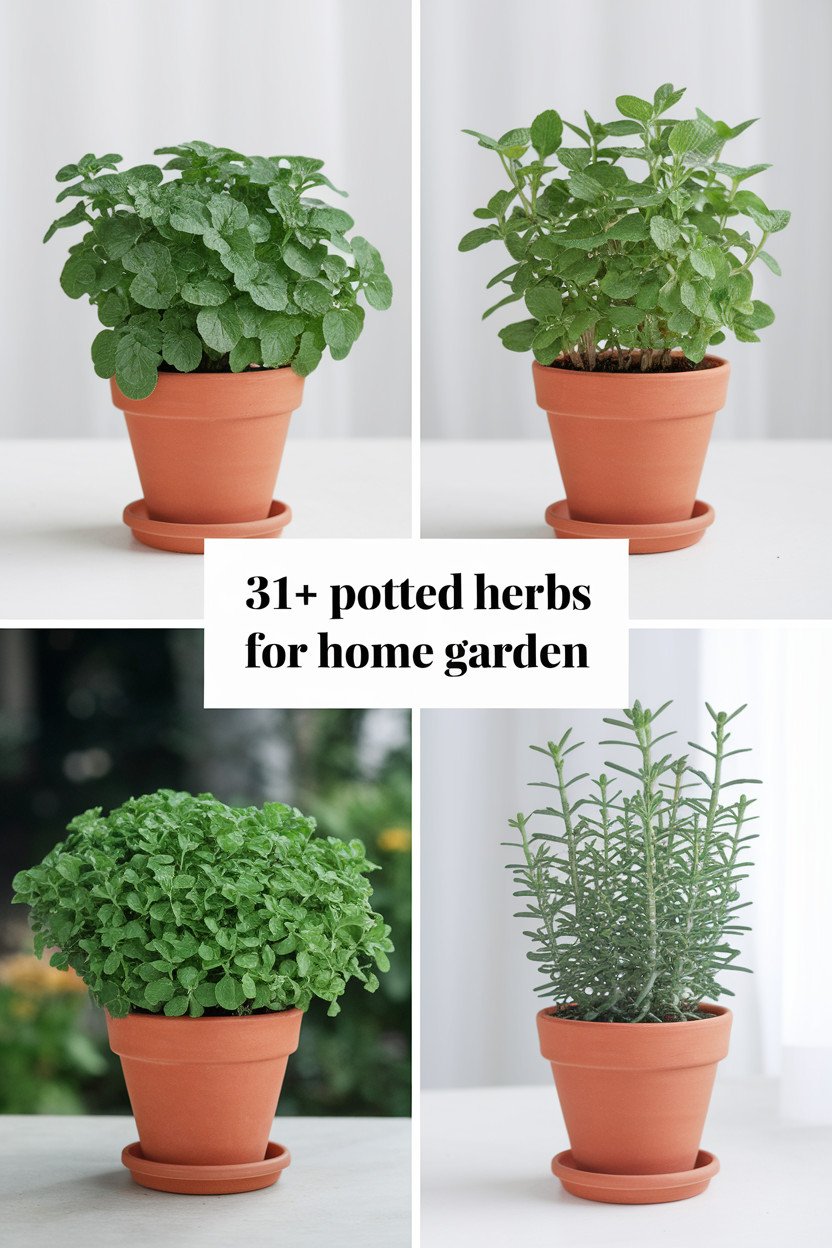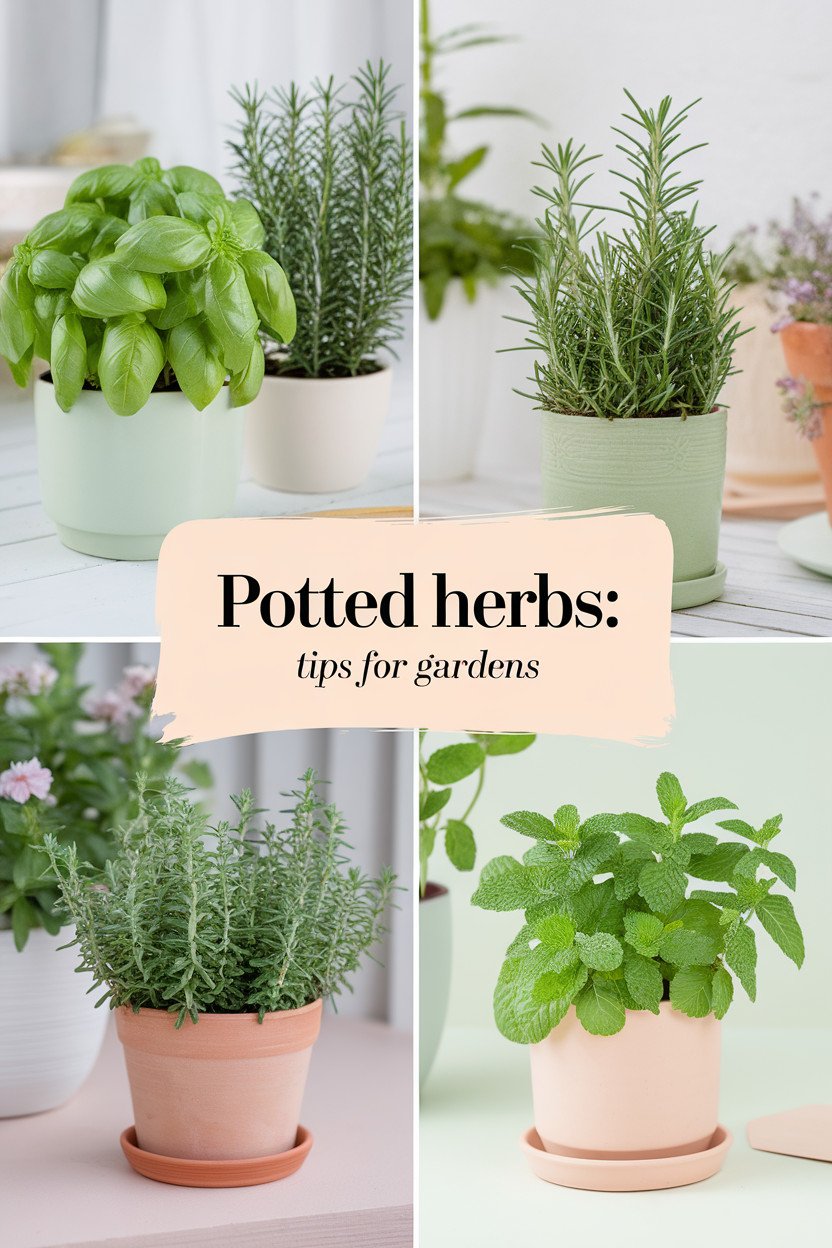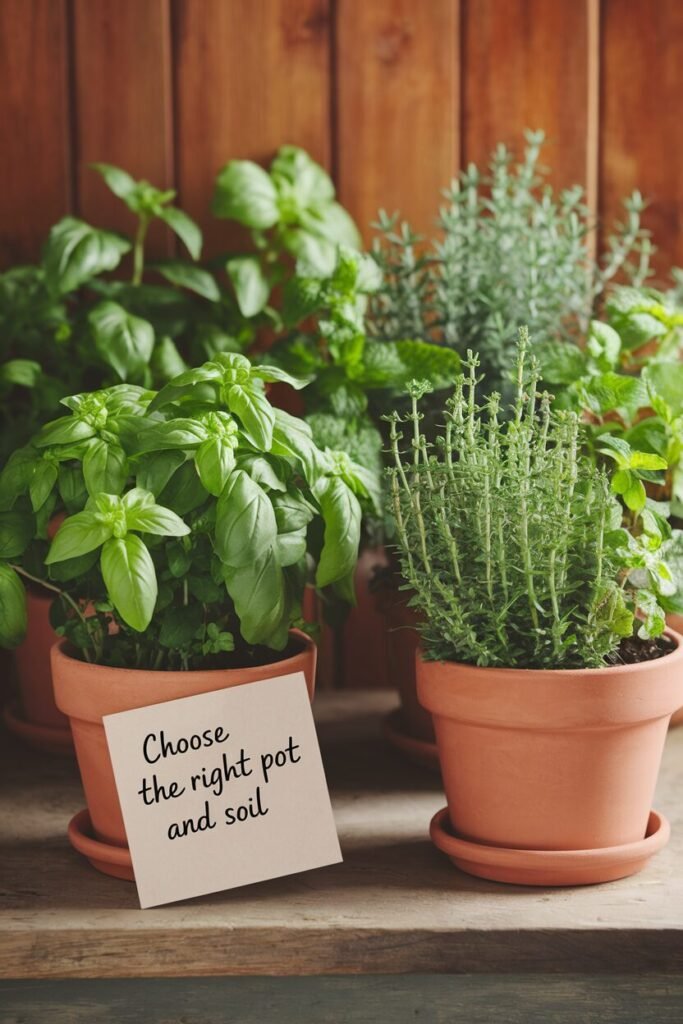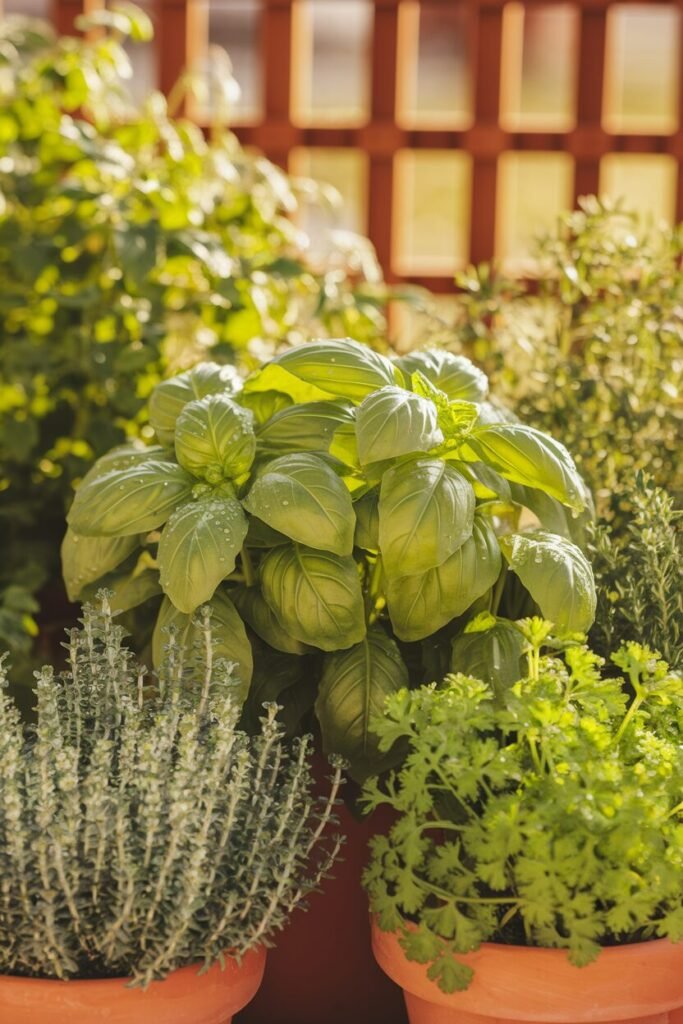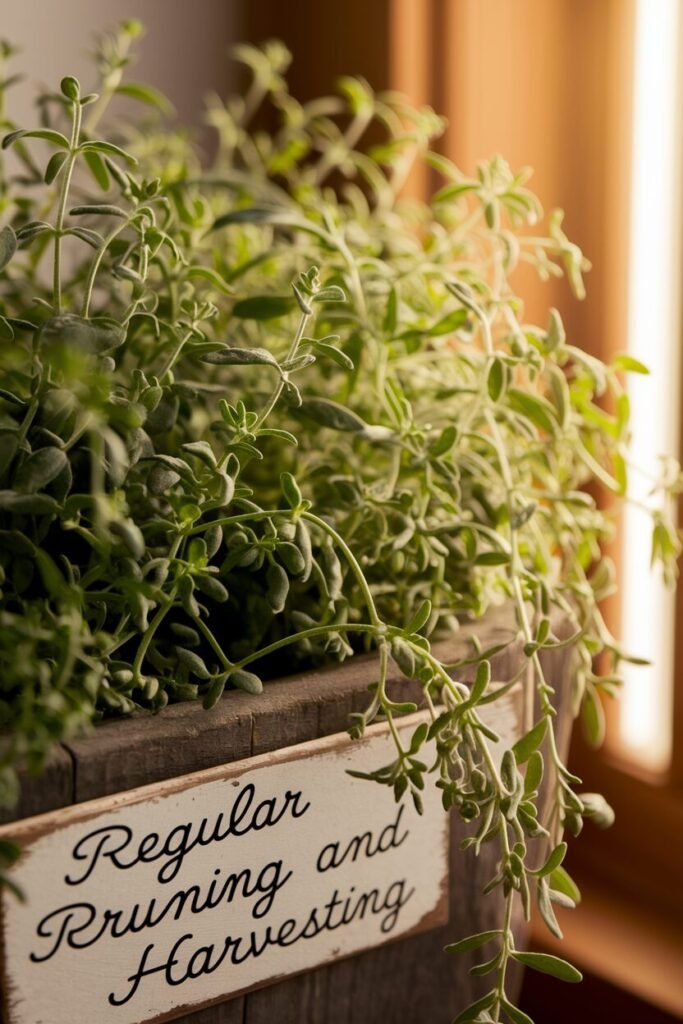Bringing nature into your home can be so much fun. Imagine the fresh scents filling your space and the joy of cooking with your own herbs. These potted herbs not only look good but also add a splash of flavor to your meals and life!
1. Basil
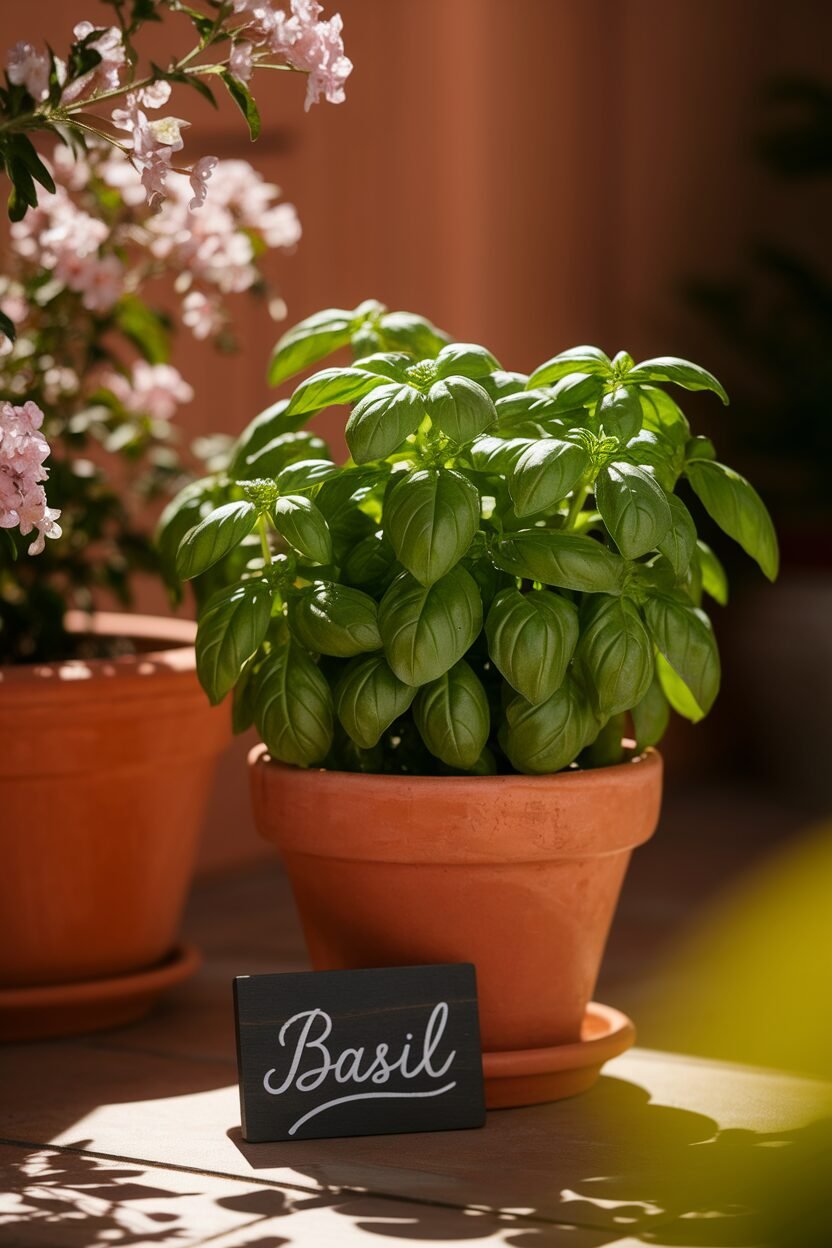
Basil is like the superstar of the herb world! Its sweet aroma and vibrant green leaves make it a must-have for any kitchen garden.
This herb is perfect for Italian dishes, especially pizza and pasta. Plus, it’s super easy to grow, making it a favorite for beginners.
To keep your basil healthy, give it plenty of sunlight and water it often. You can even pinch off the flowers to help the leaves grow more abundantly.
Look for unique basil varieties like purple or Thai basil to spice things up. Prices can vary, but a small basil plant is usually quite affordable!
2. Mint
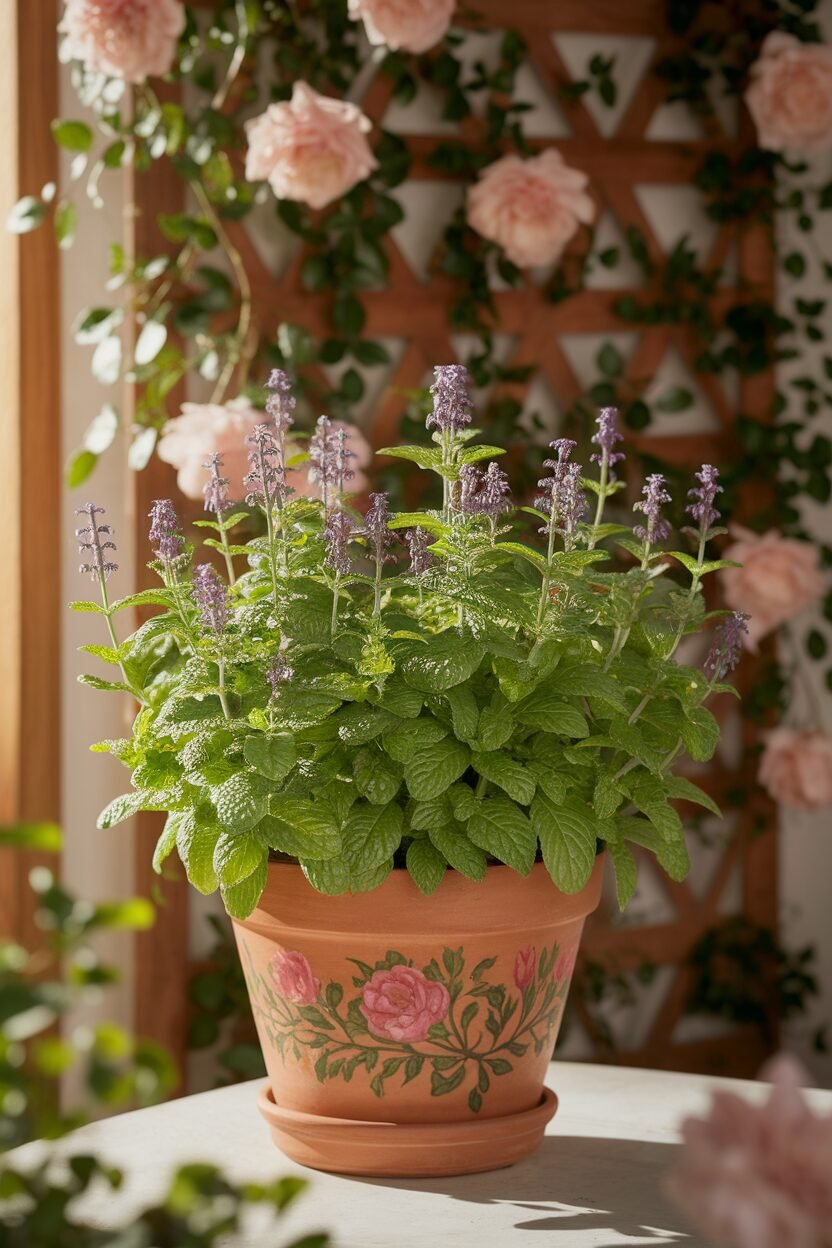
Mint is a refreshing herb that adds a cool twist to drinks and dishes. Its bright green leaves are not only pretty but also super fragrant.
Perfect for teas, desserts, and salads, mint can elevate any recipe. Plus, it’s known for its soothing properties, making it a great choice for a calming tea.
Mint likes to spread, so it’s best to keep it in a pot to control its growth. Just remember to water it regularly and give it some sunlight for the best results.
With so many varieties, such as spearmint and peppermint, you can choose the one you love most. Mint plants are generally inexpensive and easy to find at garden centers!
3. Rosemary
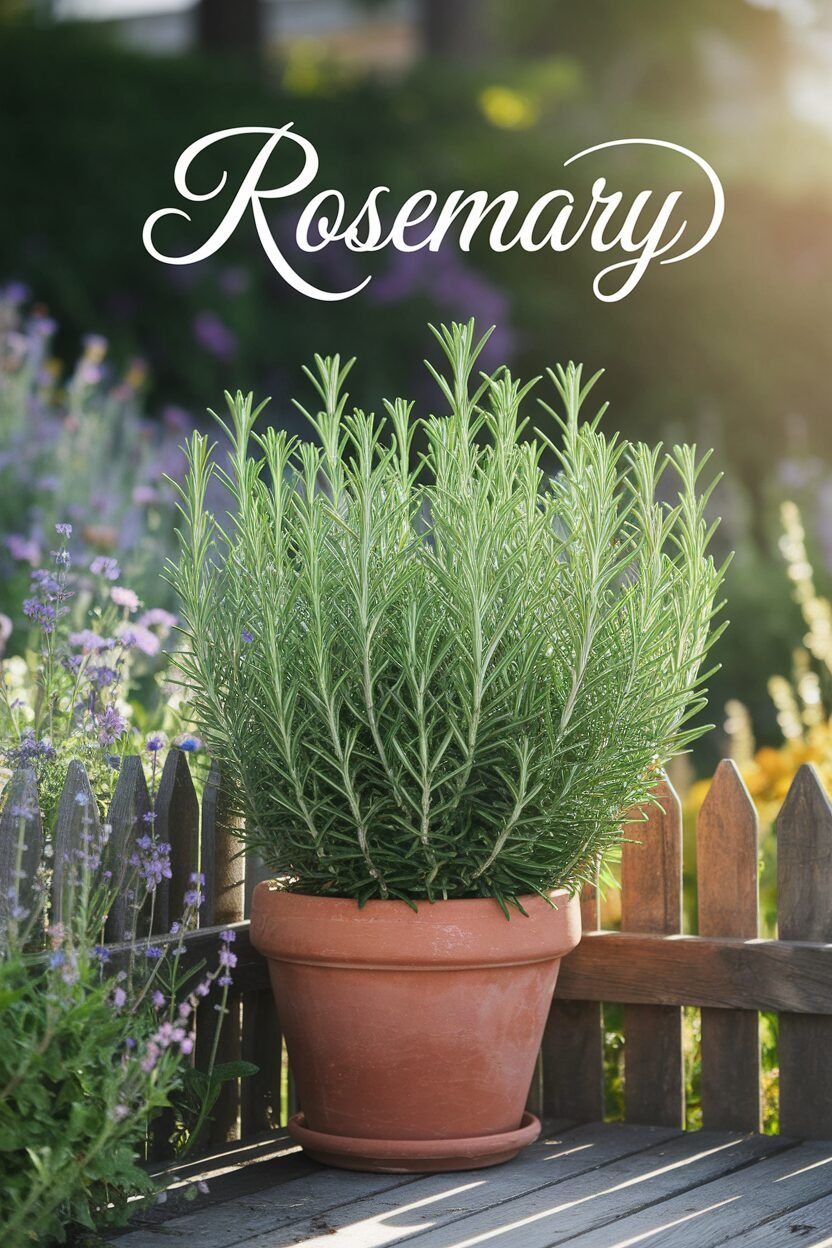
Rosemary is a fragrant herb that brings a touch of elegance to any garden. Its needle-like leaves give off a wonderful aroma, making it a favorite for many cooks.
This herb pairs beautifully with roasted meats and vegetables, and it’s also great in bread. Plus, rosemary is known for its memory-boosting qualities!
It thrives in well-drained soil and loves sunny spots, so make sure to give it the right environment. Just be careful not to overwater it, as rosemary prefers to be on the drier side.
Consider creating a rosemary topiary for a fun decorative touch. A small rosemary plant can usually be found for a reasonable price at most stores!
4. Thyme
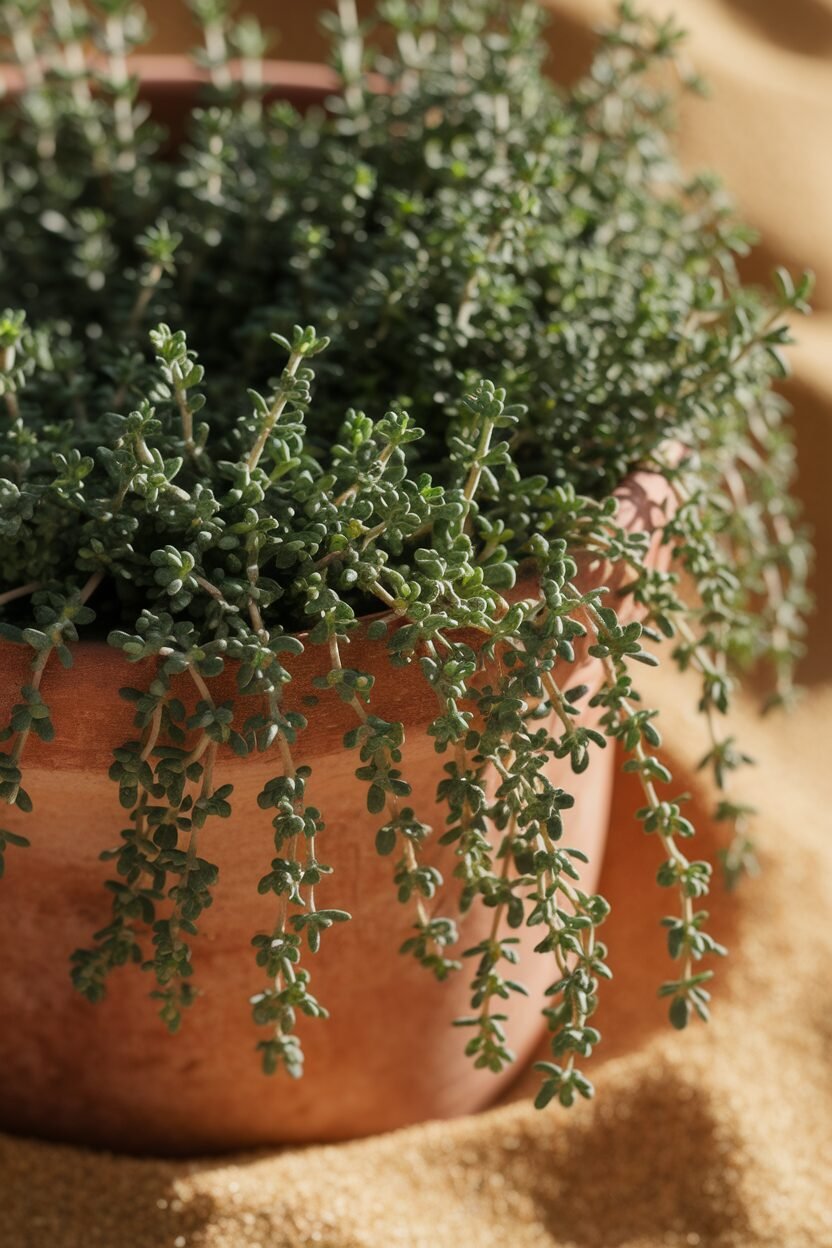
Thyme is a tiny herb with a mighty flavor! Its little leaves pack a punch, making it a beloved ingredient in many dishes.
This hardy herb is great for seasoning meats, soups, and stews. Plus, it has antiseptic properties, making it great for medicinal uses as well.
Thyme loves sunshine, so place it in a bright spot and water it lightly. It’s perfect for pots and can even thrive indoors with the right light.
You can mix it with other herbs for a delightful potted herb garden. Thyme plants are generally inexpensive, making them a great addition to your collection!
5. Oregano

Oregano is a zesty herb that brings a Mediterranean flair to your cooking. Its bold flavor makes it a staple in many dishes, especially pizza and pasta!
This herb is not just delicious; it also has health benefits, like being rich in antioxidants. It’s perfect for adding flavor without extra calories!
Oregano prefers sunny spots and well-drained soil. Make sure to water it when the top inch of soil feels dry to keep it happy.
Try growing different types, such as Greek or Italian oregano, for a fun twist. Oregano plants are usually quite affordable and easy to care for!
6. Chives
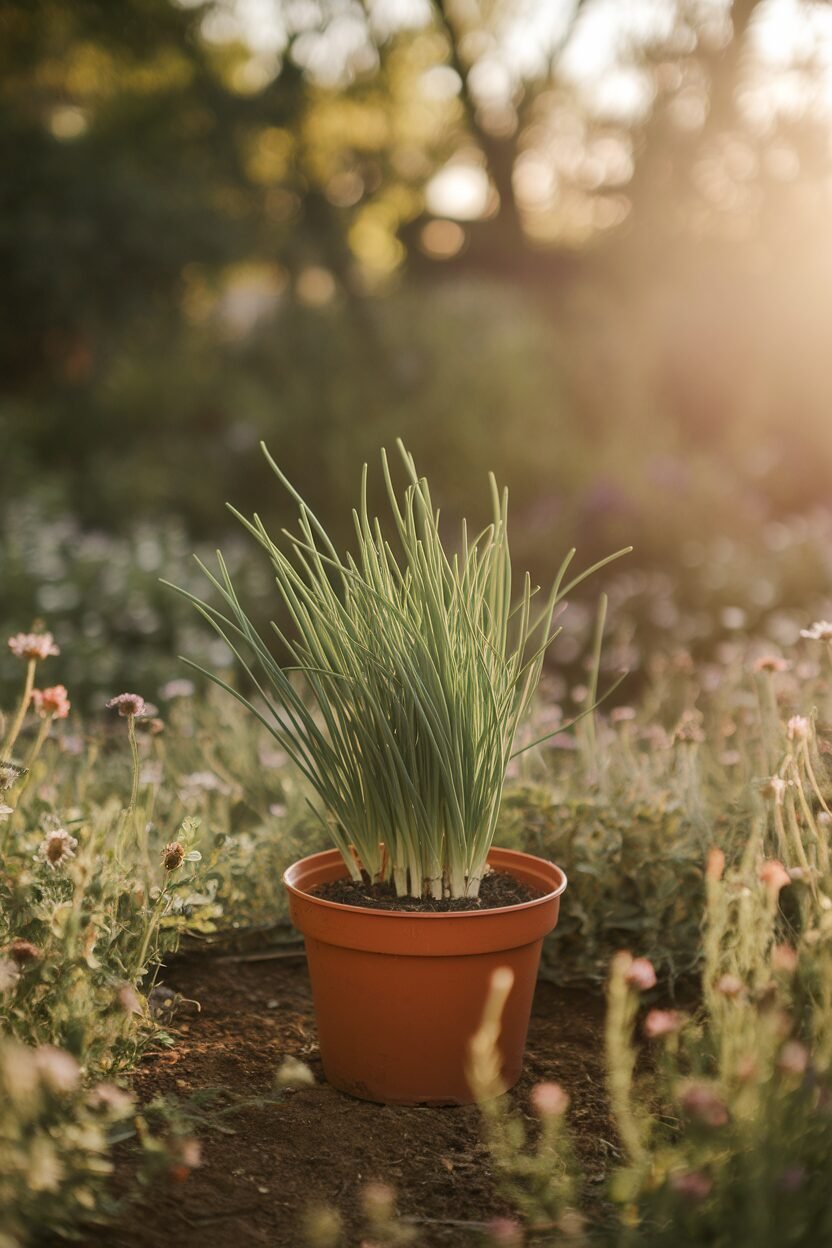
Chives are like the little green sprinkles of the herb world! Their mild onion flavor can liven up any dish, making them a wonderful addition to your garden.
Perfect for salads, soups, and dips, chives add a fresh touch without being overpowering. Plus, they’re super easy to grow in pots!
Chives love sunlight, so place them in a bright spot and water them regularly. You can snip them as needed, and they’ll keep growing back!
Consider pairing them with other herbs in a mixed pot for a charming display. They are generally quite inexpensive, making them a great choice for new gardeners.
7. Cilantro
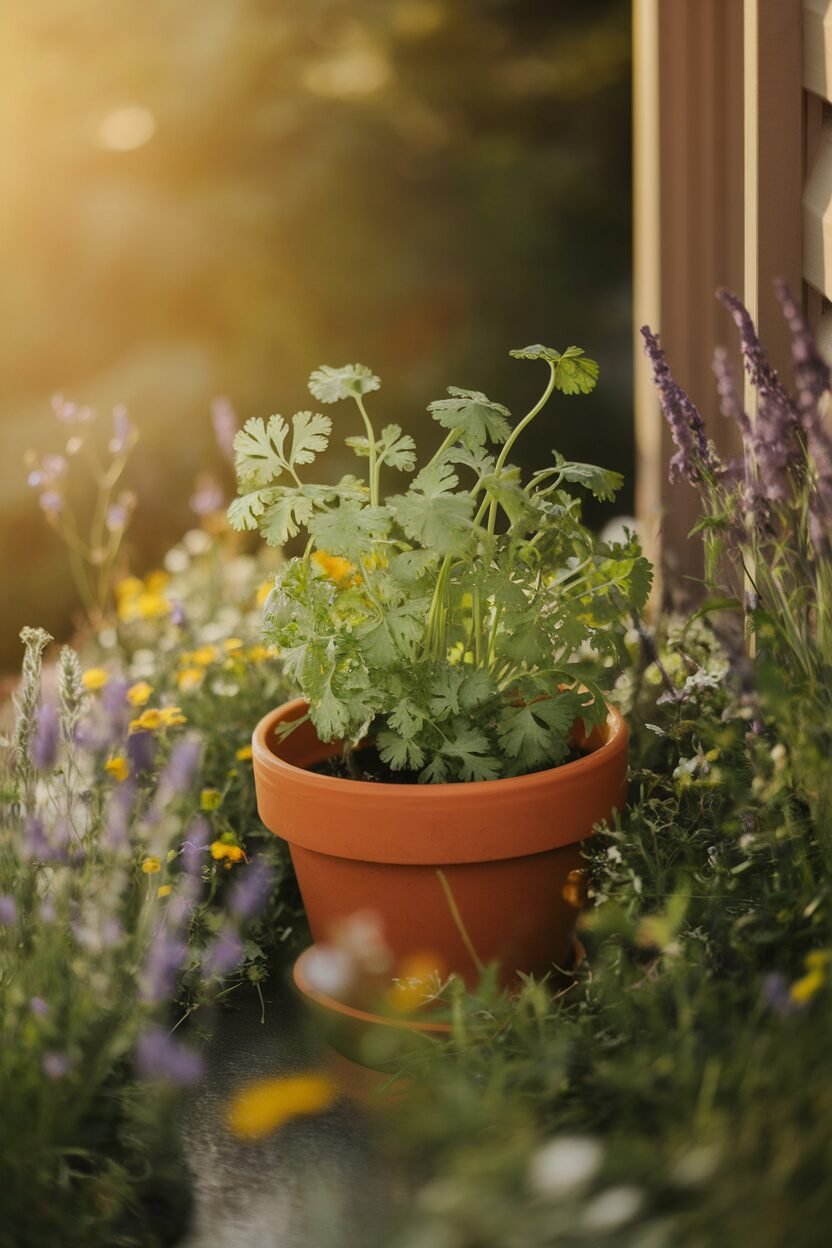
Cilantro is a lively herb that brings a burst of flavor to many dishes. Its unique taste is a favorite in Mexican and Asian cuisines!
Many people love using cilantro in salsas and stir-fries. It’s also known for its health benefits, like helping with digestion.
It prefers cooler weather, so be mindful of when you plant it. Water it regularly to keep the soil moist, and it will thrive!
Try growing cilantro in a pot by your kitchen window for easy access. A small plant is usually quite affordable and brings a lot of value!
8. Dill
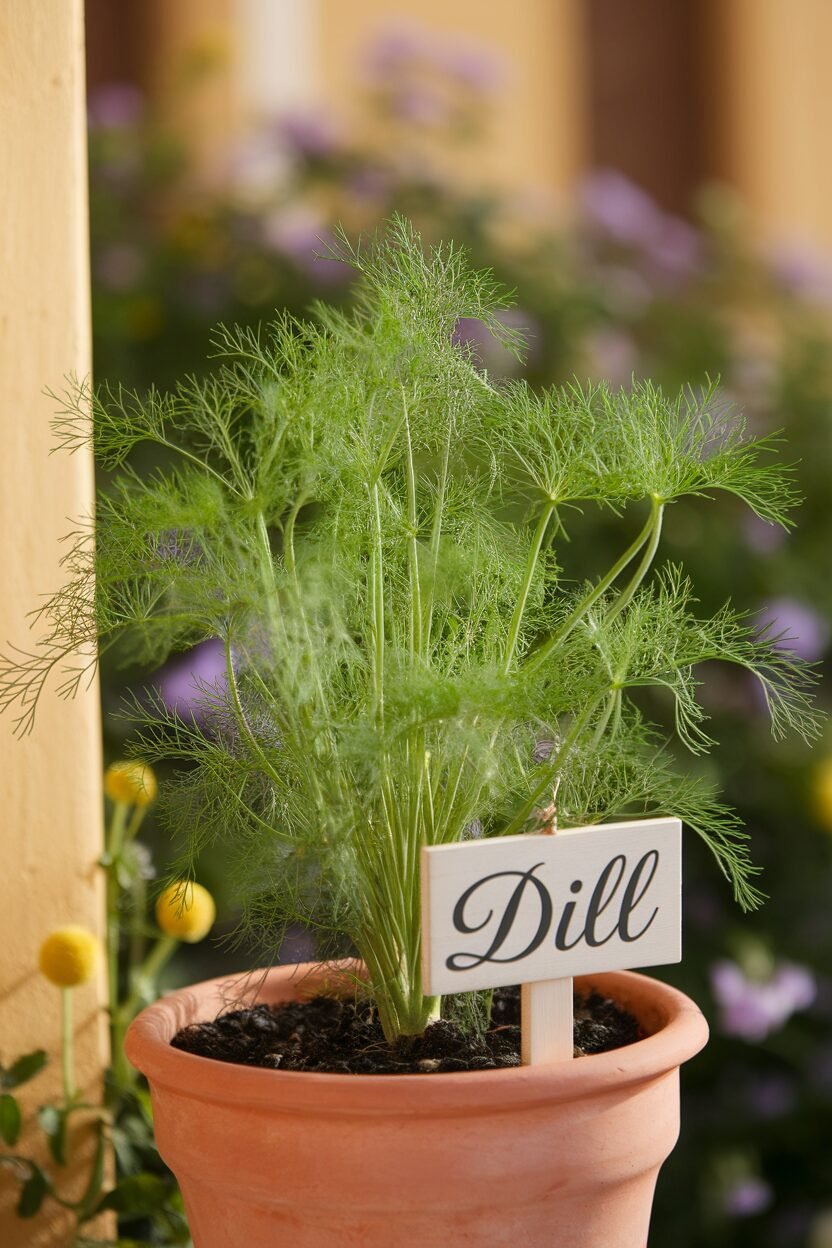
Dill is a fragrant herb that adds a fresh taste to many dishes. Its feathery leaves look beautiful in any garden and are perfect for garnishing!
This herb is great for pickling, and it pairs wonderfully with fish and salads. Plus, it’s known for its calming effects, making it a lovely addition to your home.
Dill prefers sunny spots and well-drained soil, so give it the right home. Water it regularly, but be careful not to overdo it!
You can plant it alongside other herbs for a delightful mix of flavors. Dill plants are generally affordable and easy to grow, so why not give it a try?
9. Parsley
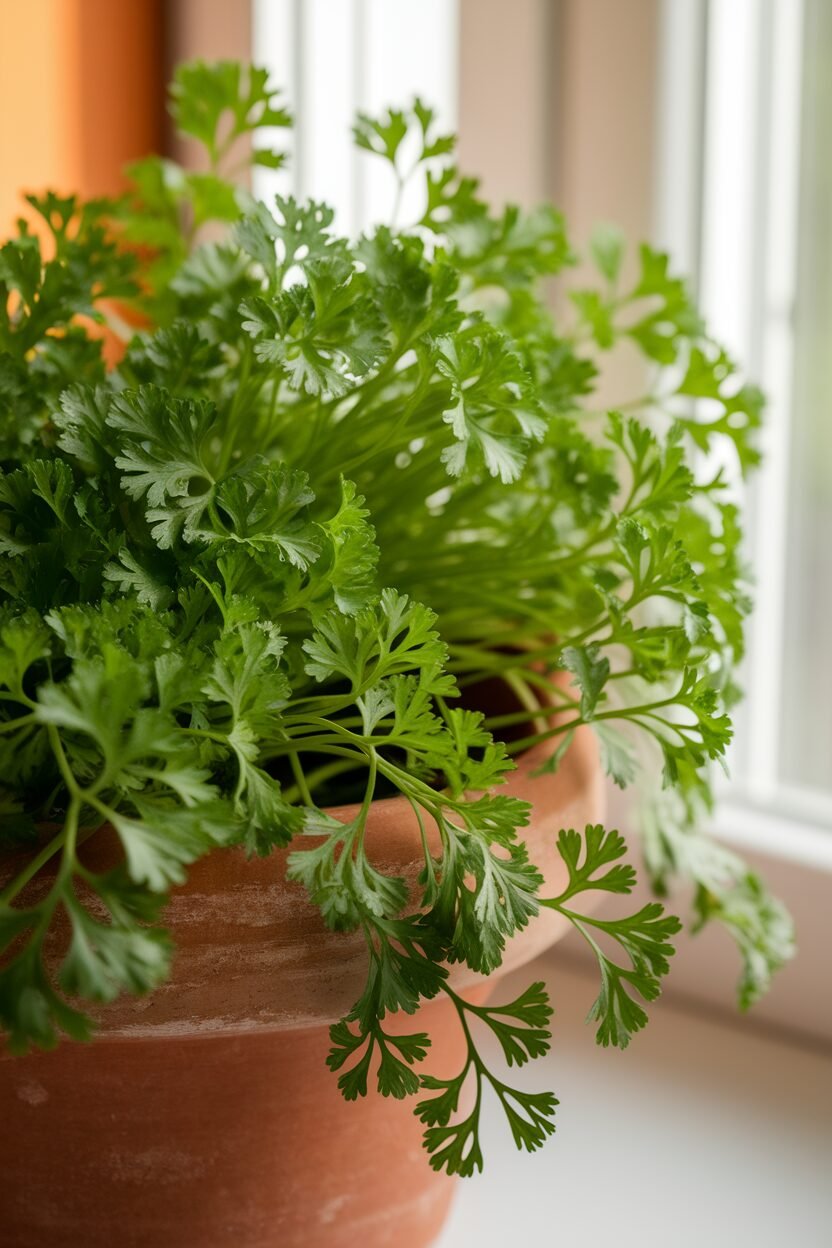
Parsley is a classic herb that is both pretty and versatile. Its bright green leaves are perfect for garnishing and adding fresh flavor to dishes!
This herb is great in salads, soups, and sauces. It’s also packed with vitamins, making it a healthy choice for your meals.
Parsley prefers well-drained soil and a good amount of sunlight. Keep it watered, but make sure the soil dries out a bit between waterings.
Consider growing both flat-leaf and curly parsley for variety! Parsley plants are usually affordable and can be found in most garden centers.
10. Sage
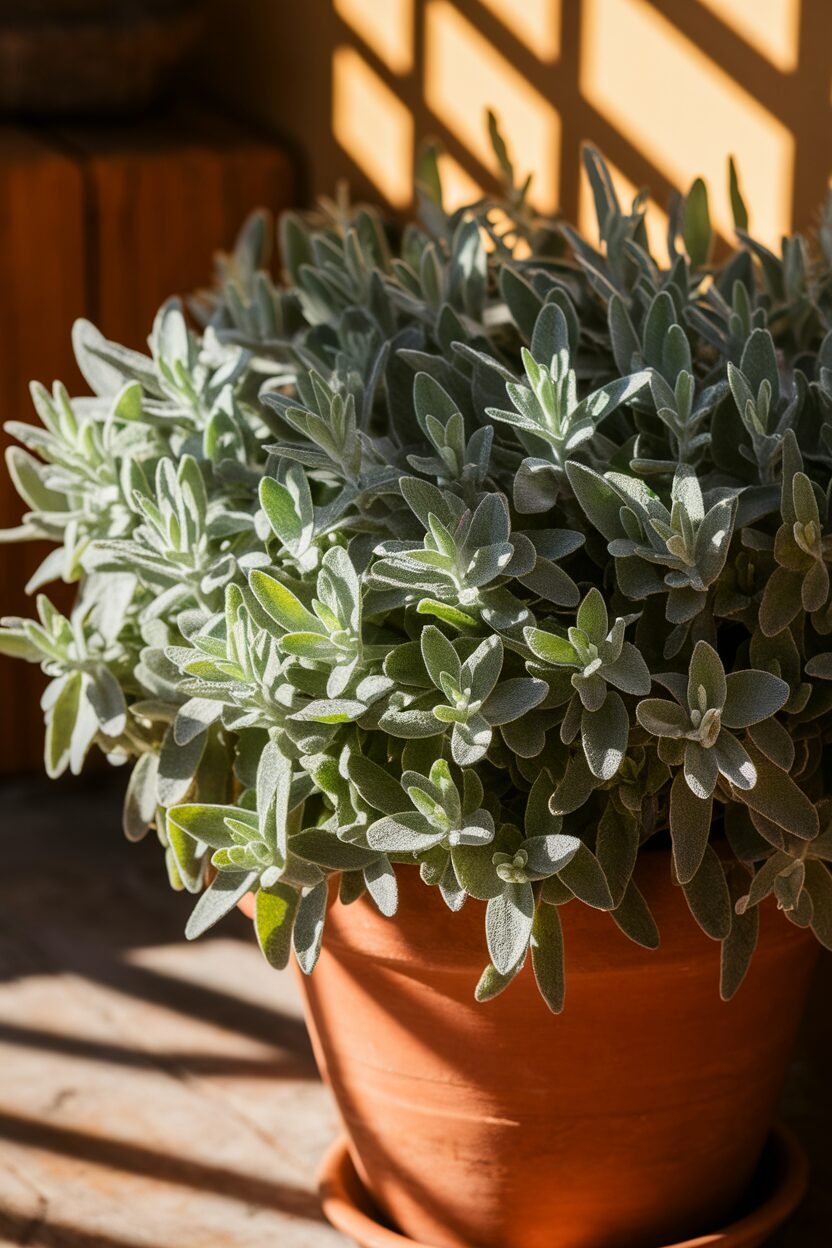
Sage is a beautiful herb with a soft, fuzzy texture and a strong flavor. It’s perfect for adding depth to your dishes, especially in savory recipes!
This herb is often used in stuffing and pairs well with meats. Plus, it has antibacterial properties, making it a healthy addition to your kitchen.
Sage loves sunny spots and well-drained soil, so make sure to give it the right environment. Water it regularly, but let the soil dry out a bit between waterings.
Try growing different varieties like purple sage for a splash of color. Sage plants are generally affordable and can be a striking addition to your herb collection!
11. Lemon Balm
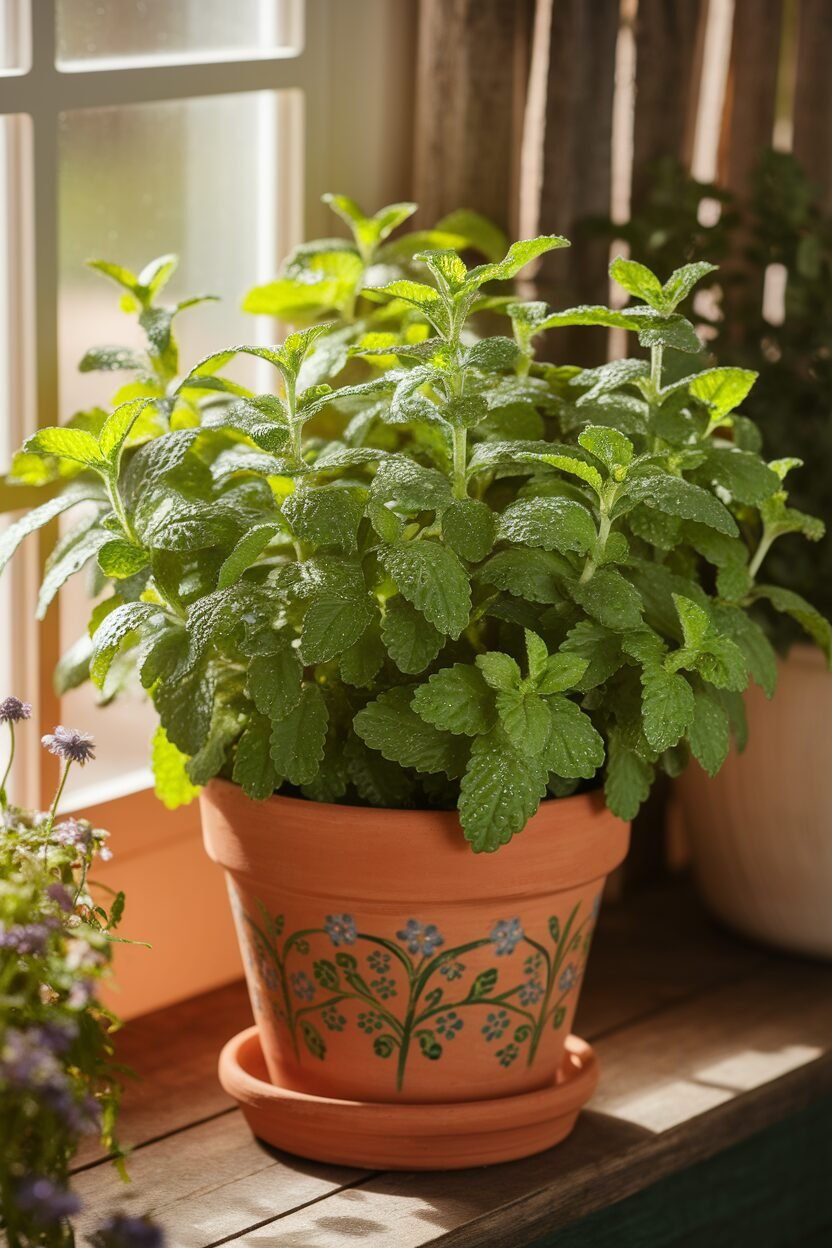
Lemon balm is a delightful herb with a fresh, citrusy scent. It’s like a little burst of sunshine in your garden!
This herb is perfect for teas and can be used in desserts or salads. Plus, it’s known for its calming effects, making it a great choice for relaxation.
Lemon balm prefers sunny spots and well-drained soil. Keep it watered, but be careful not to overdo it, as it likes a bit of dryness too!
Consider growing it in a pot near your favorite sitting area to enjoy its lovely scent. Lemon balm plants are usually quite affordable and easy to care for!
12. Bay Leaves
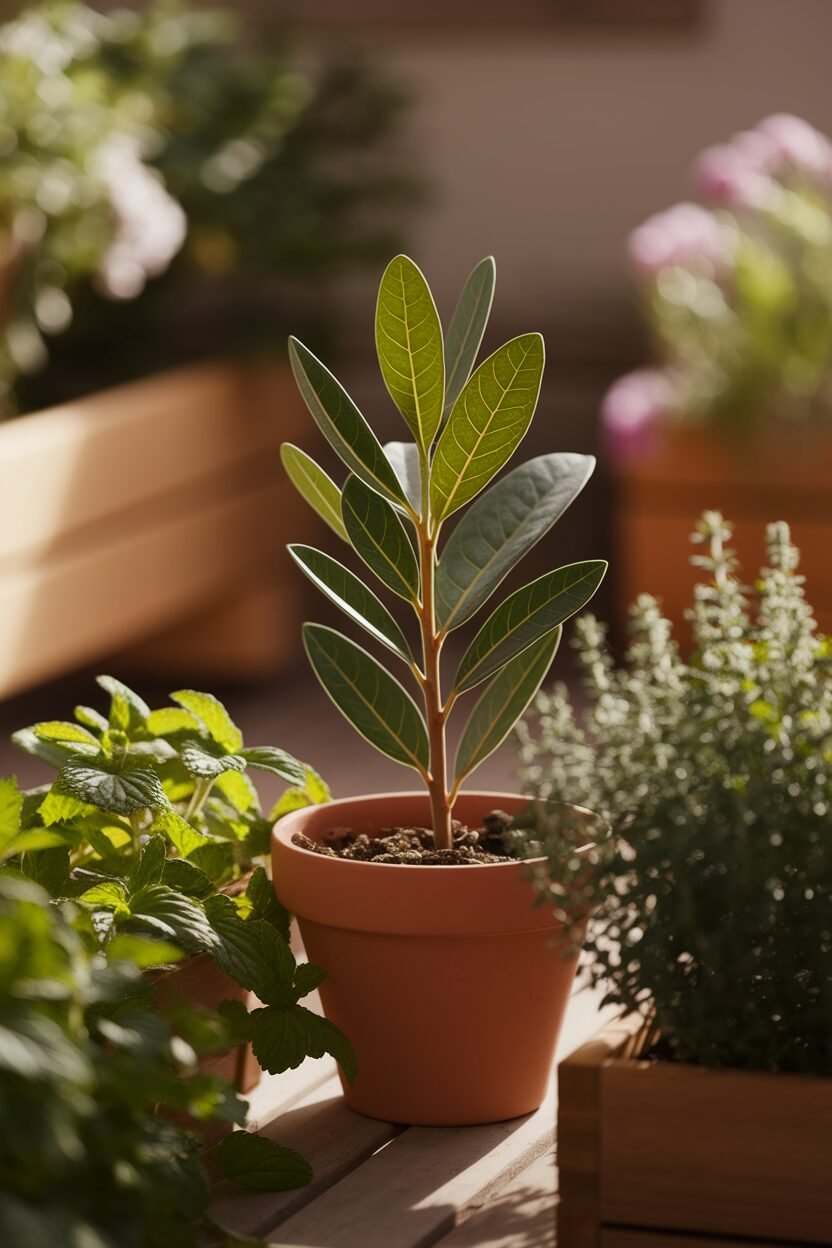
Bay leaves are a cooking secret that adds a subtle flavor to your dishes. Their unique taste makes them a staple in many kitchens!
These leaves are great for soups, stews, and sauces, and they infuse a warm flavor into your meals. Plus, they can be used fresh or dried!
Bay trees prefer well-drained soil and a sunny spot, so give them the right care. Water them regularly, but make sure the soil dries out a bit between waterings.
Consider growing them in a decorative pot to enhance your kitchen decor. Bay leaf plants can be a bit pricier, but they are worth the investment!
13. Fennel
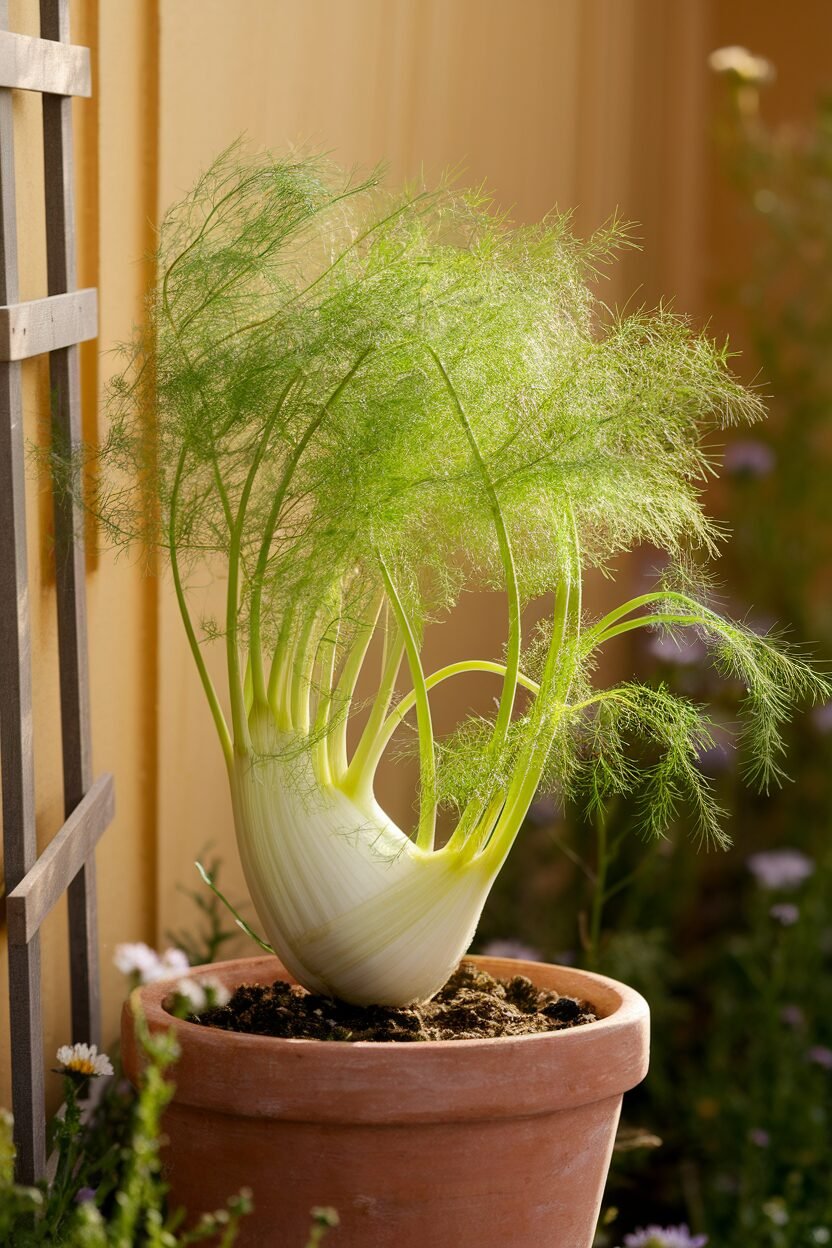
Fennel is a unique herb with a mild licorice flavor. Its feathery leaves and tall stalks make it a stunning addition to any herb garden!
This herb is great for salads and can be used in cooking to add a sweet touch. Plus, it’s known for aiding digestion, making it a healthy choice.
Fennel prefers well-drained soil and full sun. Make sure to water it regularly, but let the soil dry out a bit between waterings.
Consider growing fennel for its beauty as well as its flavor! Fennel plants are a bit more unique, but they can often be found at specialty garden stores.
14. Tarragon
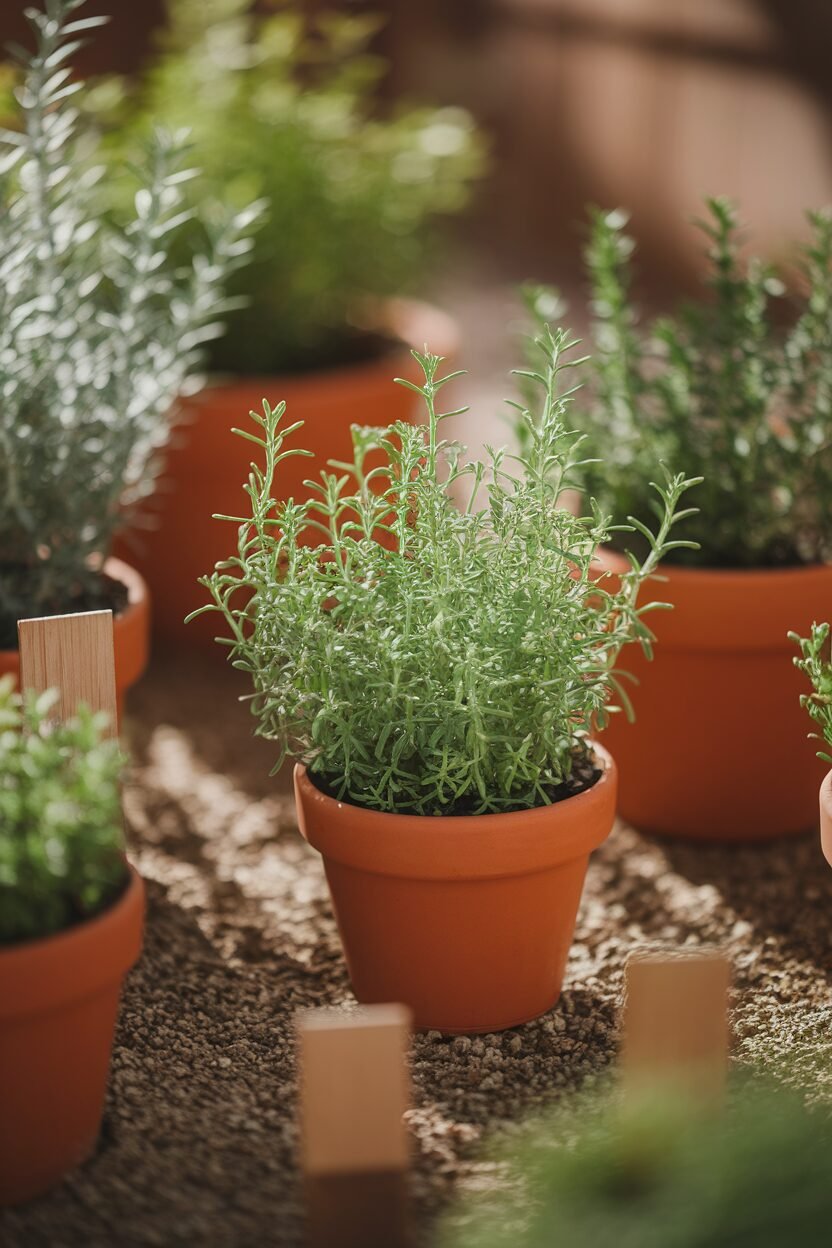
Tarragon is a lovely herb with a slightly sweet and anise-like flavor. It’s often used in French cooking, making it a favorite for food lovers!
This herb is perfect for dressings, sauces, and even egg dishes. Plus, it has a beautiful shape that can enhance your garden’s beauty.
Tarragon prefers full sun and well-drained soil, so give it a good spot in your garden. Water it regularly but avoid letting it sit in soggy soil!
Try growing French tarragon for the best flavor! Tarragon plants can vary in price, but they’re usually worth the investment for your culinary adventures.
15. Nasturtium
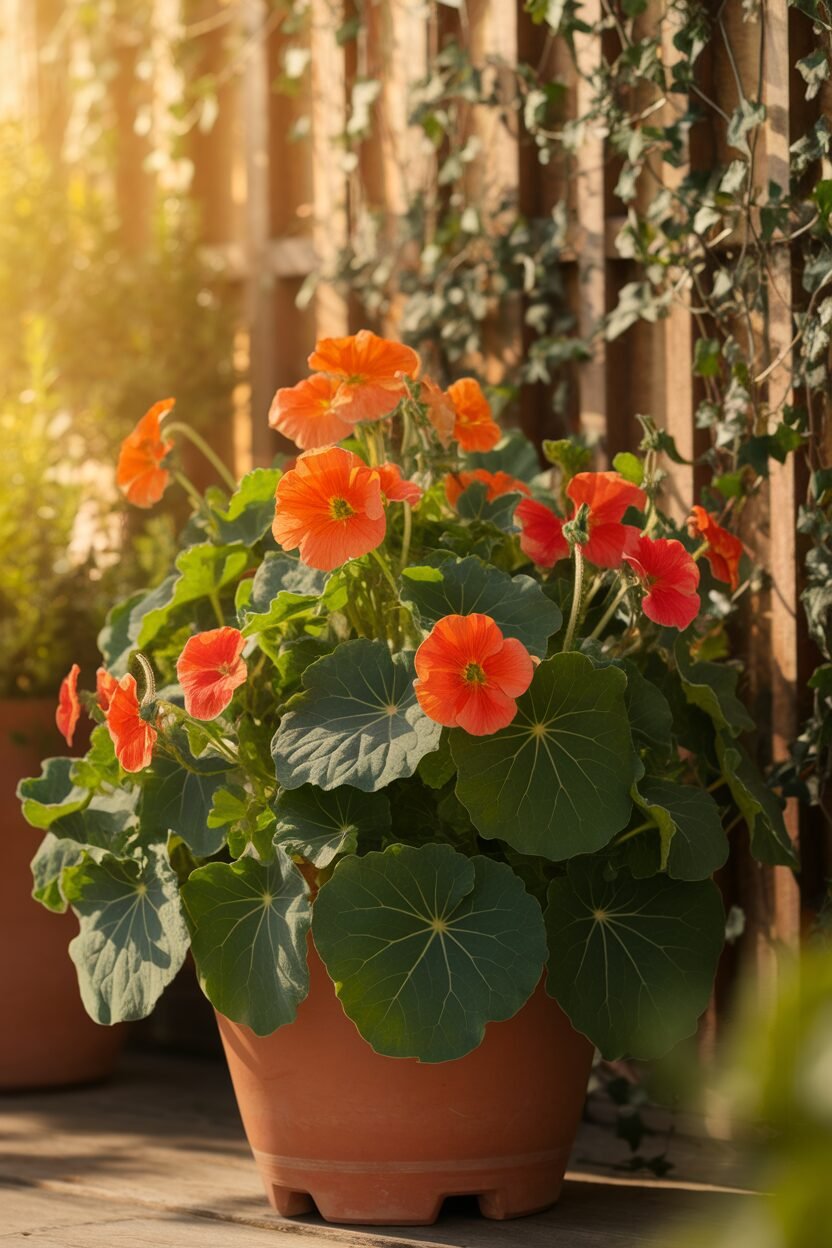
Nasturtium is an edible flower that brings a pop of color to your garden. Its bright blooms and peppery leaves are not only beautiful but also tasty!
This herb is perfect for salads and garnishes, adding both flavor and flair. Plus, it attracts beneficial insects to your garden, helping other plants thrive.
Nasturtium loves sunny spots and well-drained soil. It’s also drought-tolerant, so you don’t have to worry too much about watering.
Consider mixing different colors for a vibrant display! Nasturtium seeds are usually quite affordable and easy to grow, making them a fun addition to your collection.
16. Chervil
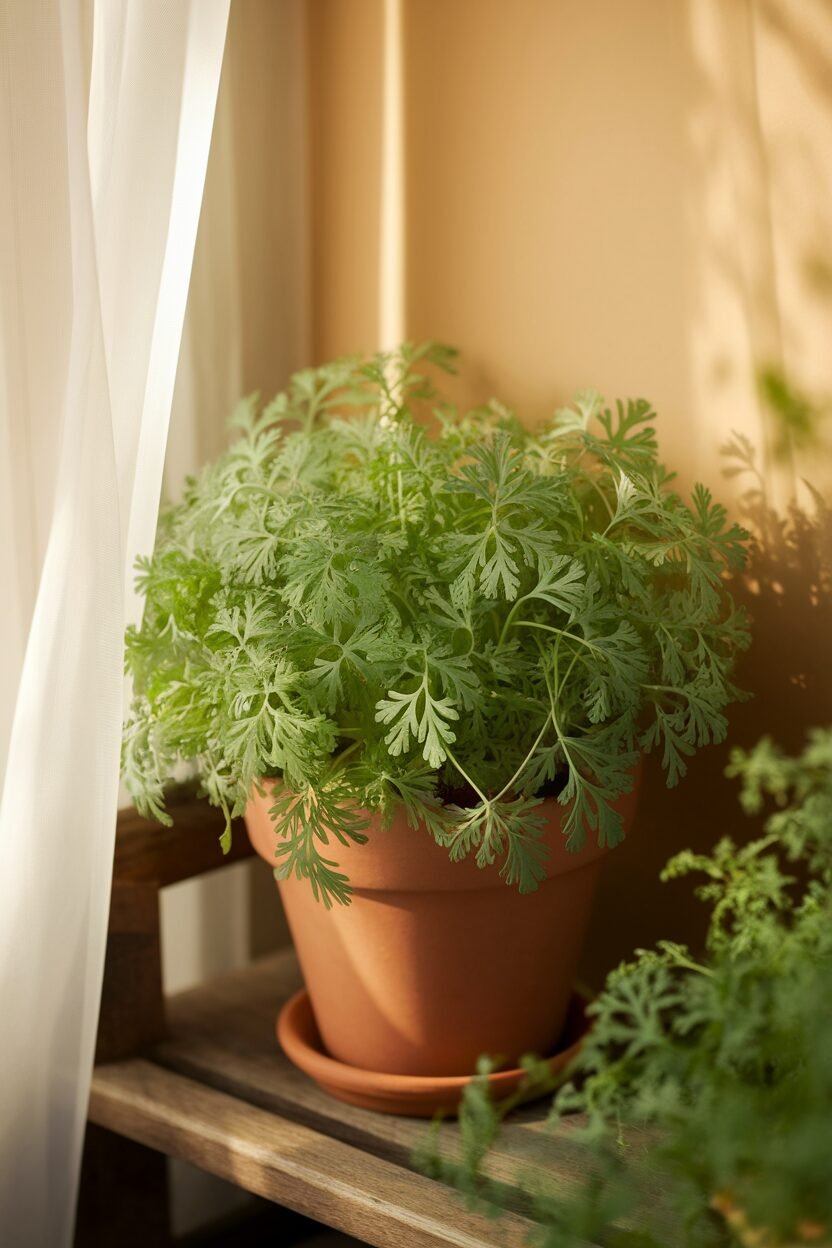
Chervil is a delicate herb that’s often overshadowed by its more popular cousins. Its subtle flavor is perfect for adding a touch of sophistication to your dishes!
This herb is great for salads, soups, and egg dishes. Plus, it’s known for its health benefits, including helping with digestion.
Chervil prefers cooler temperatures and partial shade, so it’s great for spring gardens. Water it regularly to keep the soil moist but not soggy.
Consider planting it alongside other herbs for a charming mix. Chervil plants can be a bit harder to find, but they’re worth the effort for their unique flavor!
17. Marjoram
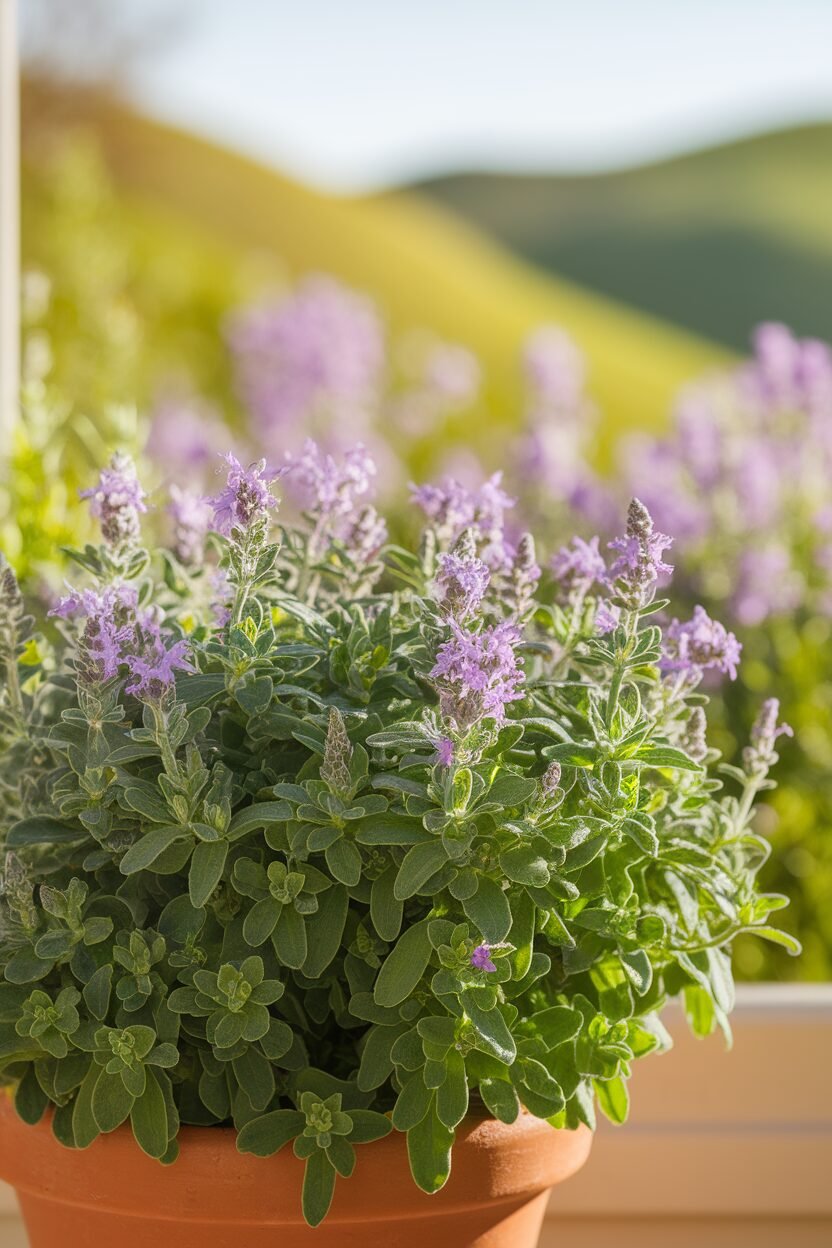
Marjoram is a sweet, fragrant herb that’s often used in Mediterranean cooking. Its soft leaves make it a lovely addition to any herb garden!
This herb is perfect for seasoning meats and vegetables. Plus, it has calming properties, making it a lovely herb to have around.
Marjoram prefers full sun and well-drained soil, so give it a sunny spot. Water it regularly, making sure the soil dries out a bit between waterings.
Consider using it fresh to enjoy the full flavor! Marjoram plants are usually quite affordable and can be found in most garden centers.
18. Sorrel
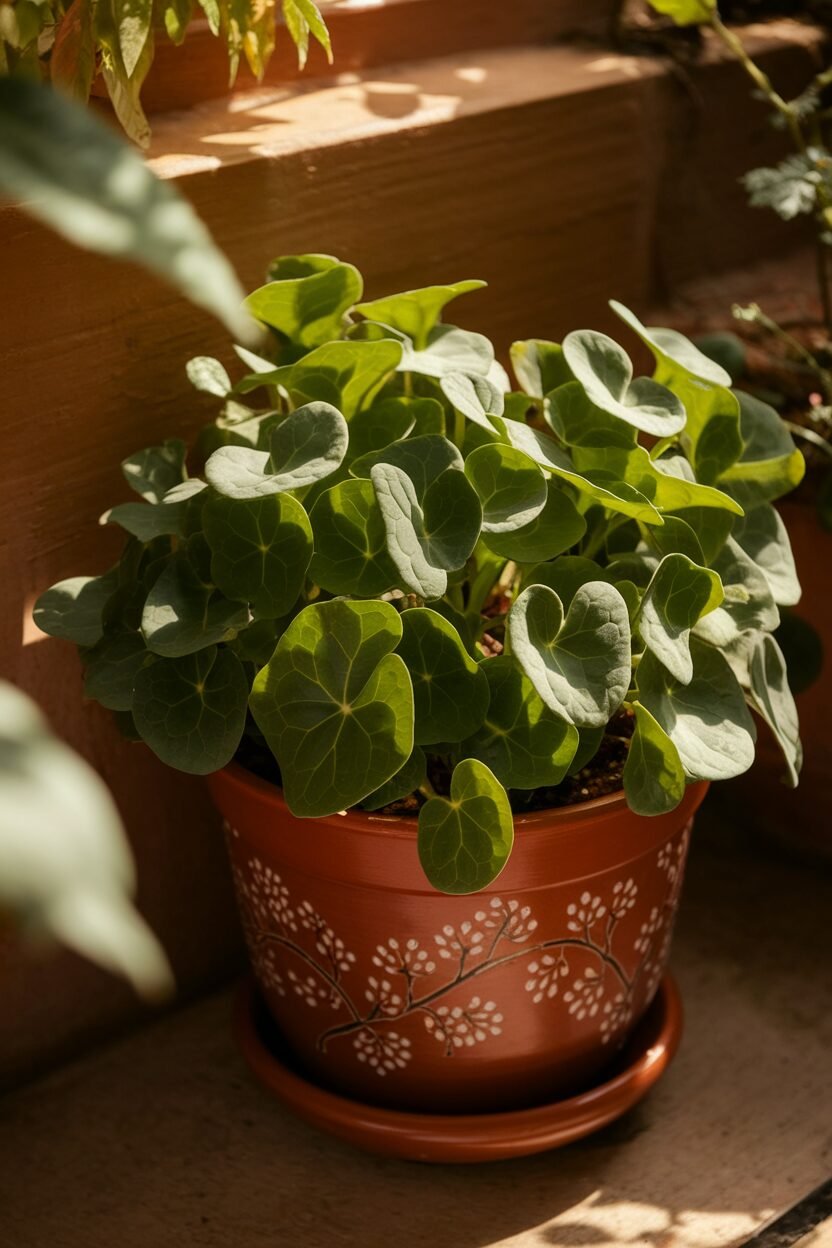
Sorrel is a tangy herb that adds a delightful zest to dishes. Its bright green leaves are not only tasty but also visually appealing!
This herb is great for salads, soups, and sauces. Plus, it’s packed with vitamins and minerals, making it a healthy choice!
Sorrel prefers well-drained soil and partial shade. Keep it watered, but don’t let it sit in soggy soil to ensure it thrives.
Consider growing different varieties for a unique twist on flavor! Sorrel seeds are usually quite affordable, making them a fun addition to your garden.
19. Curry Plant
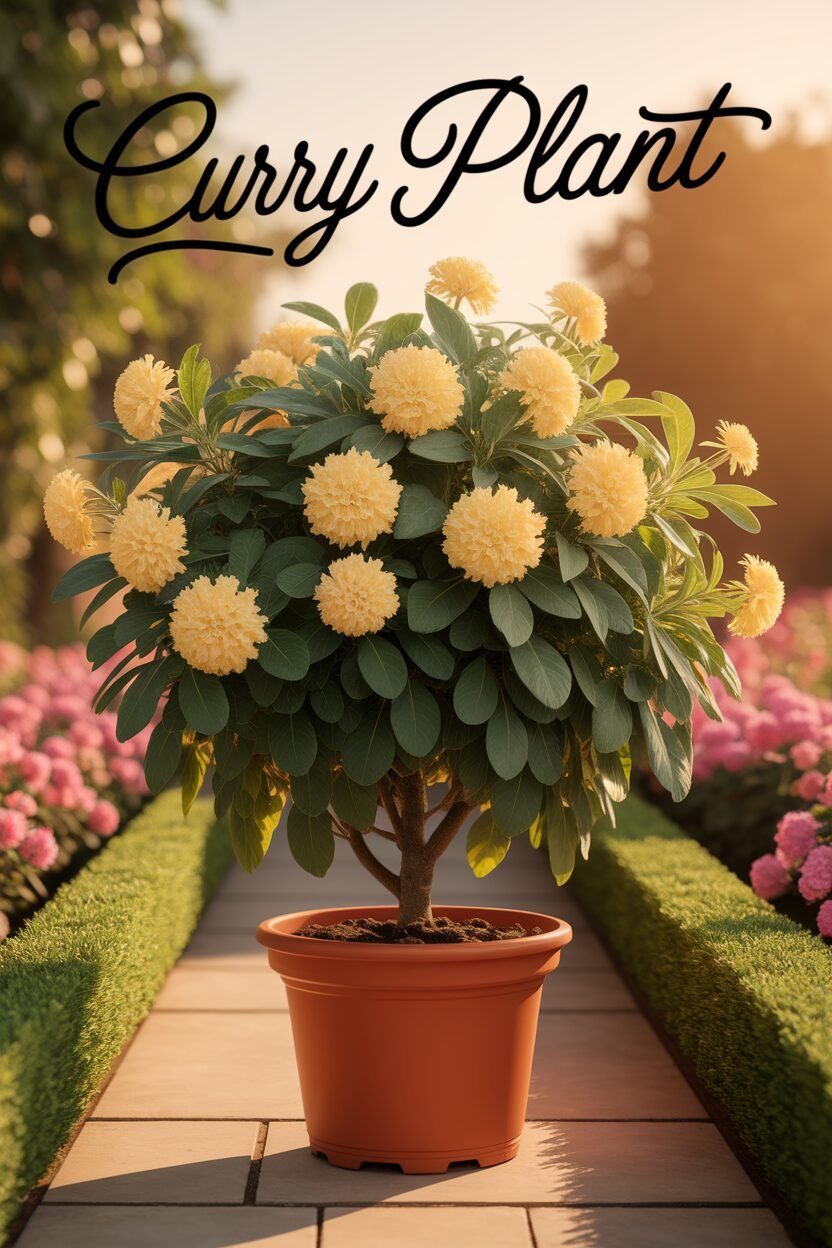
The curry plant is a unique herb with a strong, aromatic scent. Its silvery leaves can add a distinctive touch to your garden!
This herb is often used in Indian cooking and can be used to flavor a variety of dishes. Plus, it’s known for its pest-repelling properties, making it great for your garden.
Curry plants prefer full sun and well-drained soil. Make sure to water them regularly but avoid letting them sit in water.
Consider using it fresh to enjoy its full flavor! Curry plant seeds can be a bit harder to find, but they’re worth the effort for their unique taste.
20. Cardamom
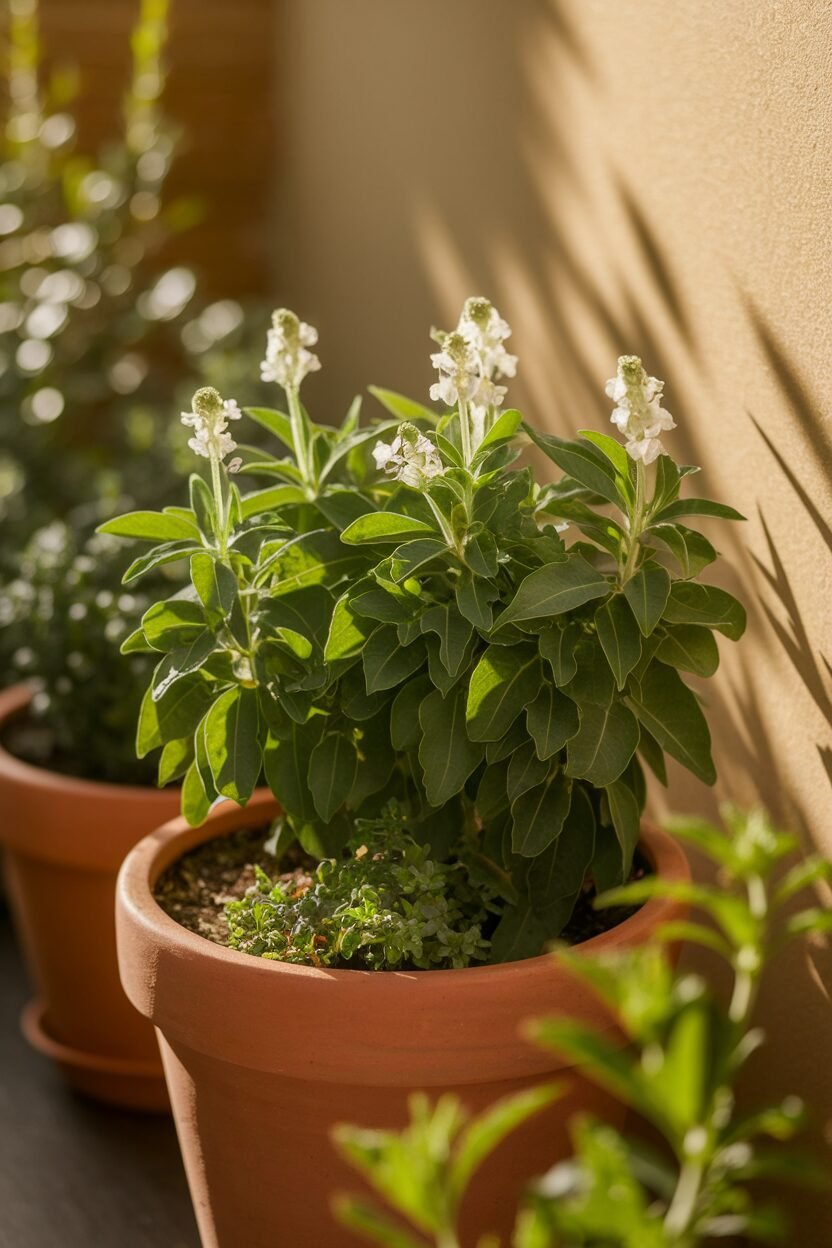
Cardamom is a fragrant spice that can also be grown as a potted herb. Its unique flavor makes it a favorite in both sweet and savory dishes!
This herb is often used in Indian and Middle Eastern cooking, adding warmth to your meals. Plus, it’s known for its digestive benefits.
Cardamom prefers warm, humid conditions and partial shade. Make sure to water it regularly but avoid letting it sit in water.
Consider using it fresh for the best flavor! Cardamom plants can be a bit more expensive, but they’re worth it for their unique taste.
21. Vietnamese Coriander
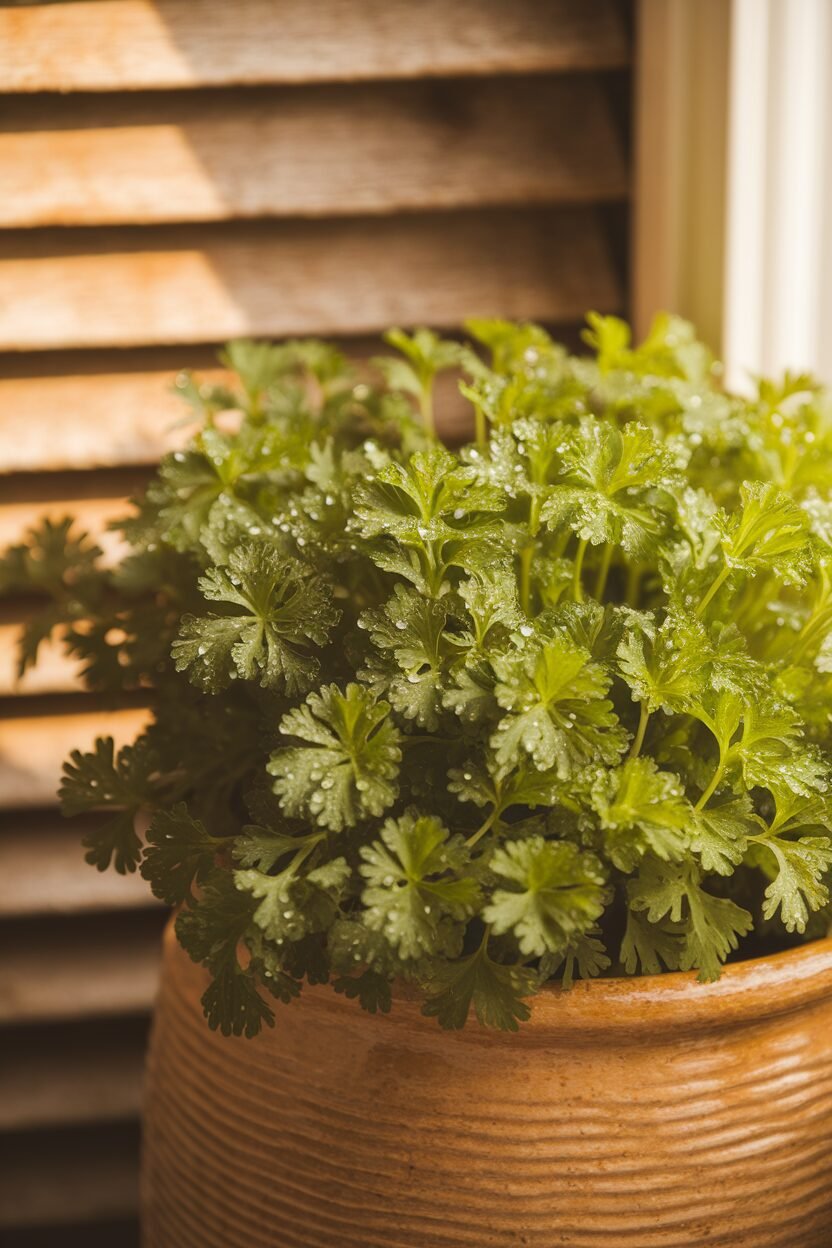
Vietnamese coriander is a unique herb that adds a fresh, spicy flavor to dishes. It’s perfect for adding a twist to your favorite recipes!
This herb is often used in Asian cooking and can be grown indoors or outdoors. Plus, it has various health benefits, including aiding digestion.
Vietnamese coriander prefers warm, humid conditions and partial shade. Keep it watered regularly to ensure it thrives!
Consider mixing it with other herbs for a delightful twist on flavor! Vietnamese coriander plants can be a bit harder to find, but they’re worth the effort!
22. African Blue Basil

African blue basil is a stunning herb with beautiful purple flowers. Its unique flavor adds a delightful twist to any dish!
This herb is perfect for salads, sauces, and even as a garnish. Plus, it attracts pollinators, making it a great addition to your garden!
African blue basil prefers full sun and well-drained soil. Make sure to water it regularly but avoid letting it sit in water.
Consider using it fresh to enjoy its full flavor! African blue basil plants can be a bit pricier, but they’re worth the investment!
23. Pineapple Sage
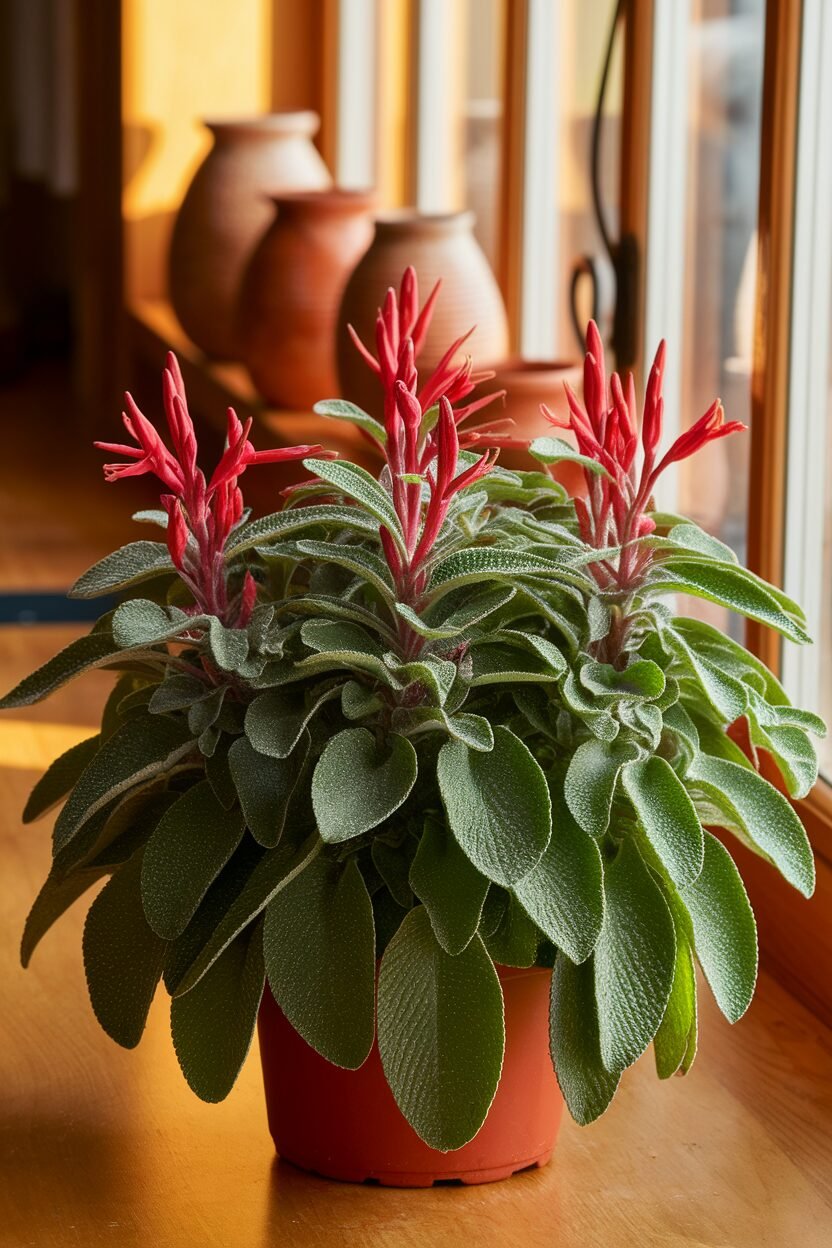
Pineapple sage is a fragrant herb that adds a tropical twist to your garden. Its sweet aroma and stunning red flowers make it a beautiful addition!
This herb is great for teas, salads, and desserts. Plus, it attracts hummingbirds, making your garden even more lively!
Pineapple sage prefers full sun and well-drained soil. Keep it watered regularly to ensure it thrives!
Consider growing it in a decorative pot for a charming touch. Pineapple sage plants can be a bit more expensive, but they’re worth it for their unique beauty!
24. Garlic Chives
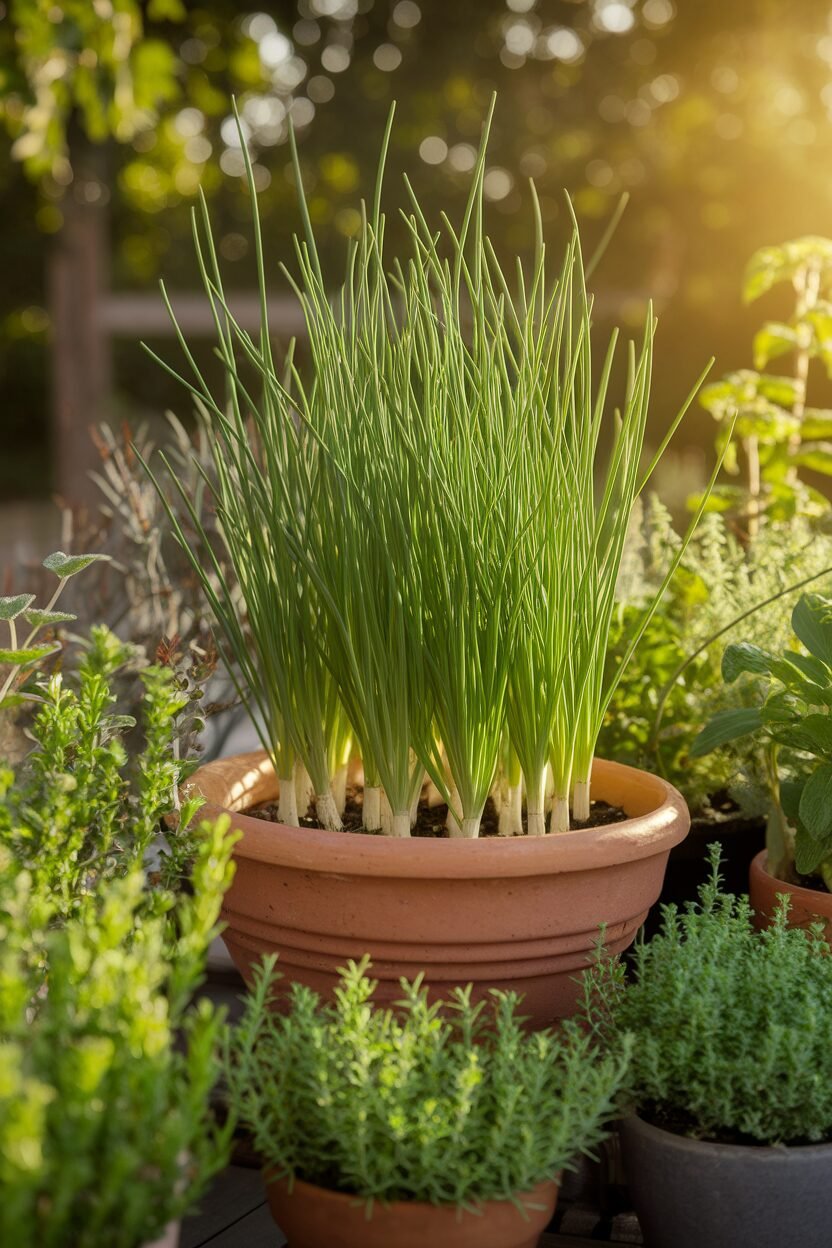
Garlic chives are a delightful twist on regular chives, offering a mild garlic flavor. Their beautiful flowers and unique taste make them a great addition to your herb garden!
This herb is perfect for salads, soups, and stir-fries. Plus, it’s packed with vitamins and minerals, making it a healthy choice!
Garlic chives prefer full sun and well-drained soil. Keep them watered regularly to ensure they thrive!
Consider mixing them with other herbs for a flavorful combination! Garlic chive plants are usually quite affordable, making them a great addition to your collection.
25. Sweet Marjoram
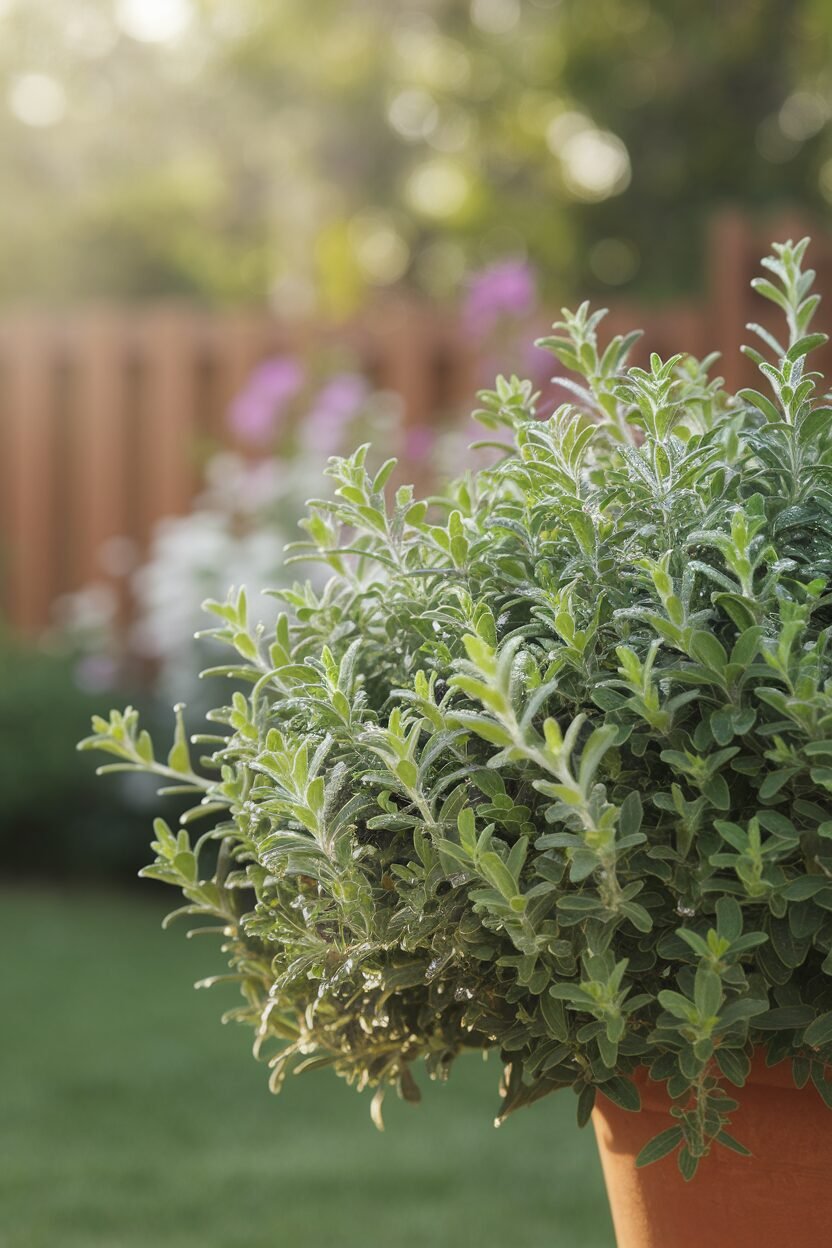
Sweet marjoram is a lovely herb with a sweet, mild flavor. It’s perfect for adding a touch of sweetness to your dishes!
This herb is often used in Mediterranean cooking and pairs beautifully with meats and vegetables. Plus, it has calming properties, making it a lovely addition to your home.
Sweet marjoram prefers full sun and well-drained soil. Make sure to water it regularly but avoid letting it sit in soggy soil!
Consider using it fresh to enjoy its full flavor! Sweet marjoram plants are usually quite affordable, making them a wonderful choice for your garden.
26. Ginger
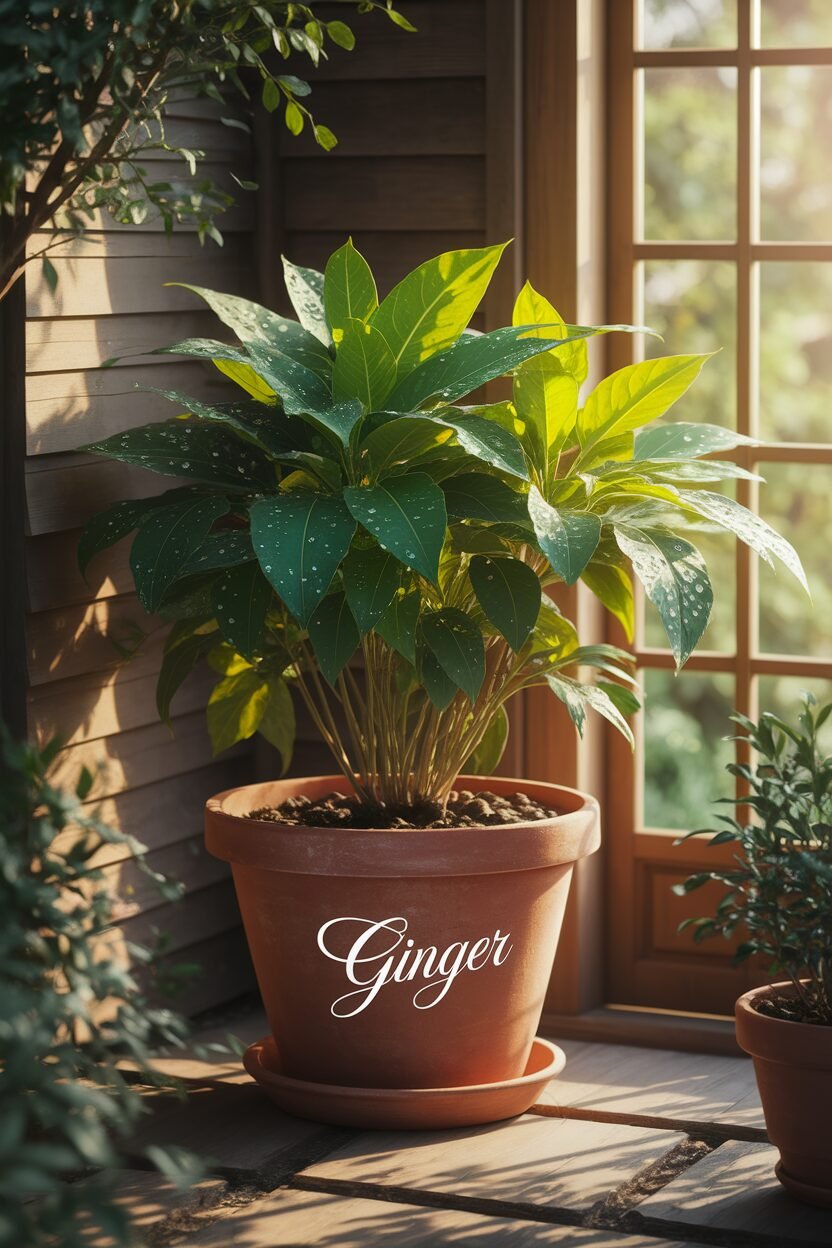
Ginger is a spicy herb that adds warmth to your dishes. Its unique flavor makes it a favorite in many cuisines around the world!
This herb is great for teas, stir-fries, and desserts. Plus, it has numerous health benefits, including aiding digestion.
Ginger prefers warm, humid conditions and partial shade. Keep it watered regularly to ensure it thrives!
Consider growing it in a pot for easy access in your kitchen. Ginger plants can be a bit pricier, but they’re worth the investment!
27. Aloe Vera

Aloe vera is a unique succulent that’s often used for its healing properties. Its thick, fleshy leaves can add a touch of green to your indoor space!
This herb is great for soothing skin irritations and can be used in beauty products. Plus, it’s super easy to care for, making it perfect for beginners!
Aloe vera prefers bright, indirect sunlight and well-drained soil. Water it sparingly, allowing the soil to dry out between waterings.
Consider using it in a decorative pot for a stylish touch. Aloe vera plants are usually quite affordable, making them a great addition to your indoor garden!
28. Catnip
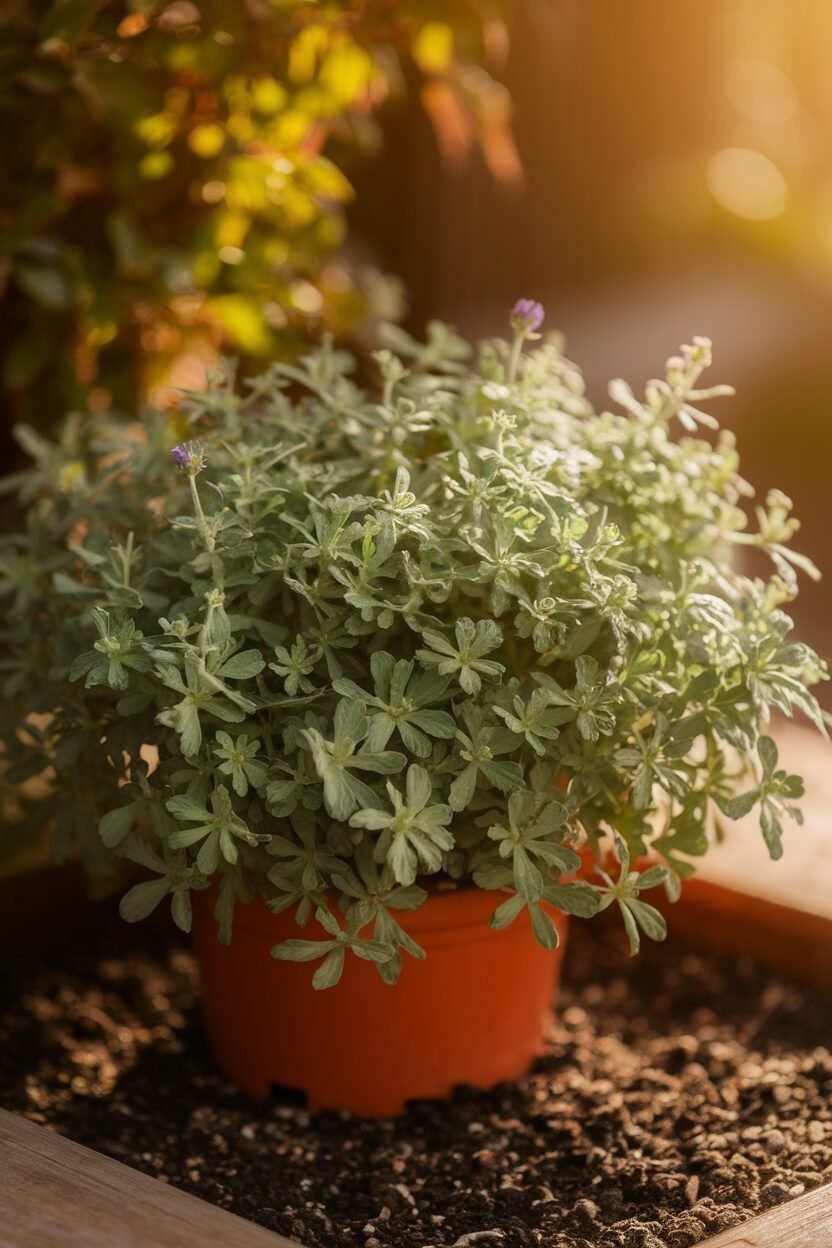
Catnip is a fun herb that’s not just for cats! Its lovely leaves and unique scent can add a fun touch to your herb garden.
This herb is often used in teas and has calming properties for humans too. Plus, it attracts cats, making it a delightful addition to your garden!
Catnip prefers full sun and well-drained soil. Keep it watered regularly to ensure it thrives!
Consider growing it in a pot for easy access in your garden. Catnip plants are usually quite affordable, making them a great choice for families!
29. Stevia
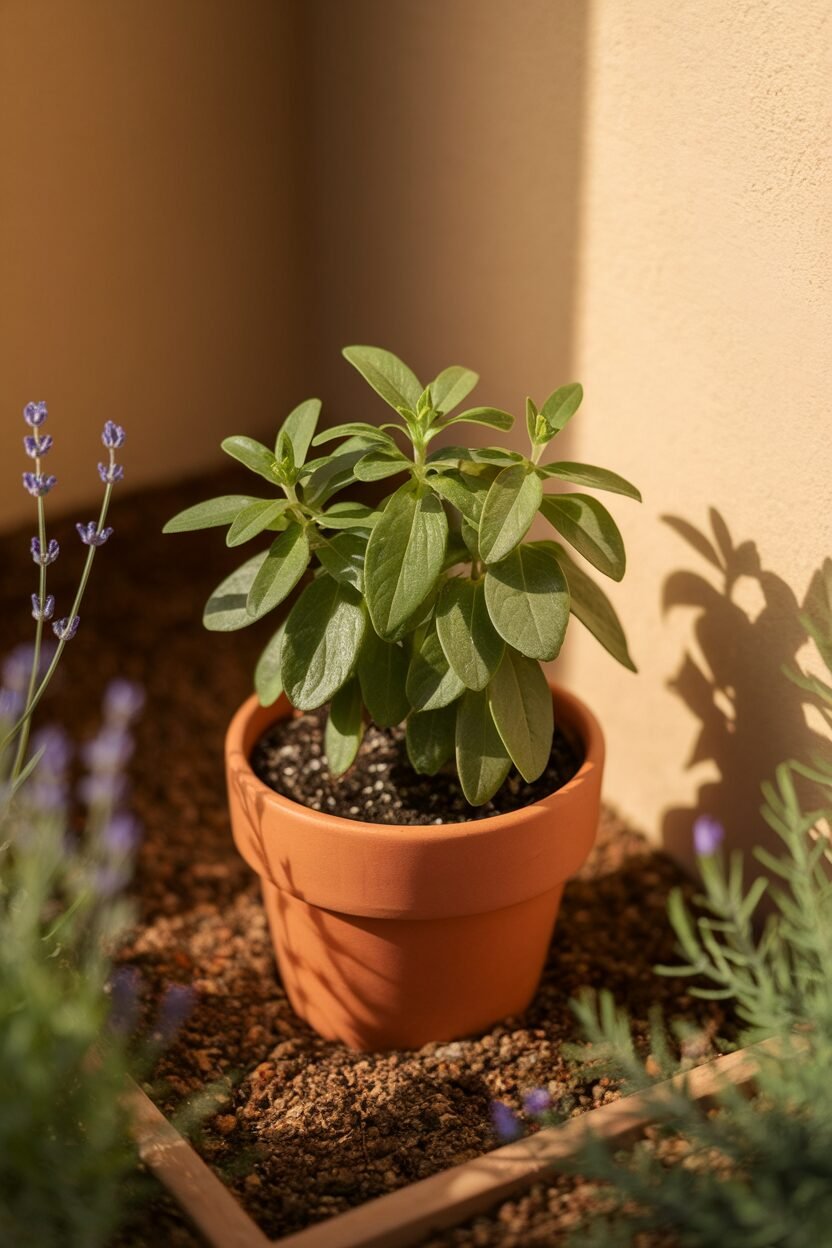
Stevia is a sweet herb that’s often used as a natural sweetener. Its lovely leaves can be a fun addition to your kitchen garden!
This herb is perfect for sweetening teas, desserts, and even salads. Plus, it has no calories, making it a healthy choice!
Stevia prefers full sun and well-drained soil. Keep it watered regularly but avoid letting it sit in water.
Consider using it fresh to enjoy its sweet flavor! Stevia plants can be a bit pricier, but they’re worth the investment for their unique taste!
30. Perilla
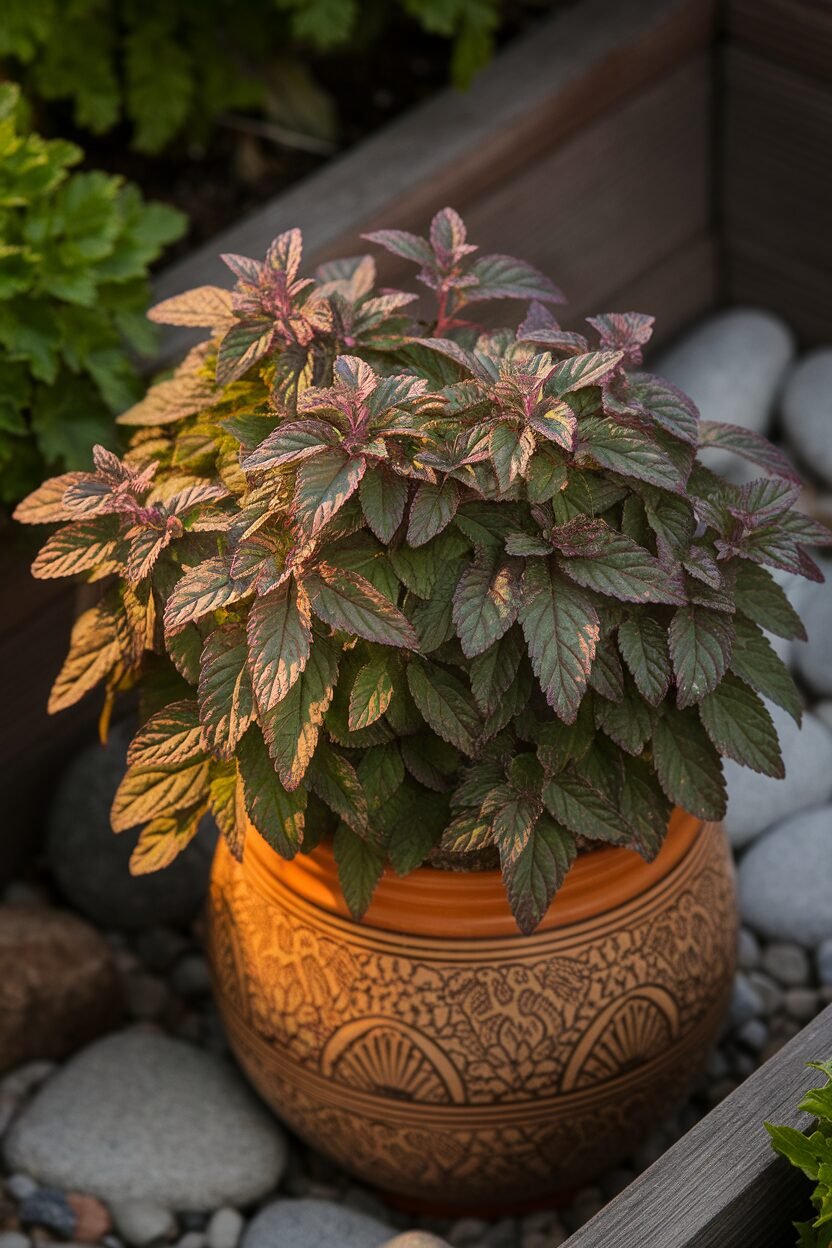
Perilla is a unique herb that adds a bold flavor to dishes. Its beautiful leaves can add a pop of color to your garden!
This herb is often used in Asian cooking and is great for salads and wraps. Plus, it has various health benefits, including anti-inflammatory properties.
Perilla prefers full sun and well-drained soil. Keep it watered regularly to ensure it thrives!
Consider growing it for its beauty as well as its flavor! Perilla plants can be a bit harder to find, but they’re worth the effort for their unique taste.
31. Szechuan Pepper
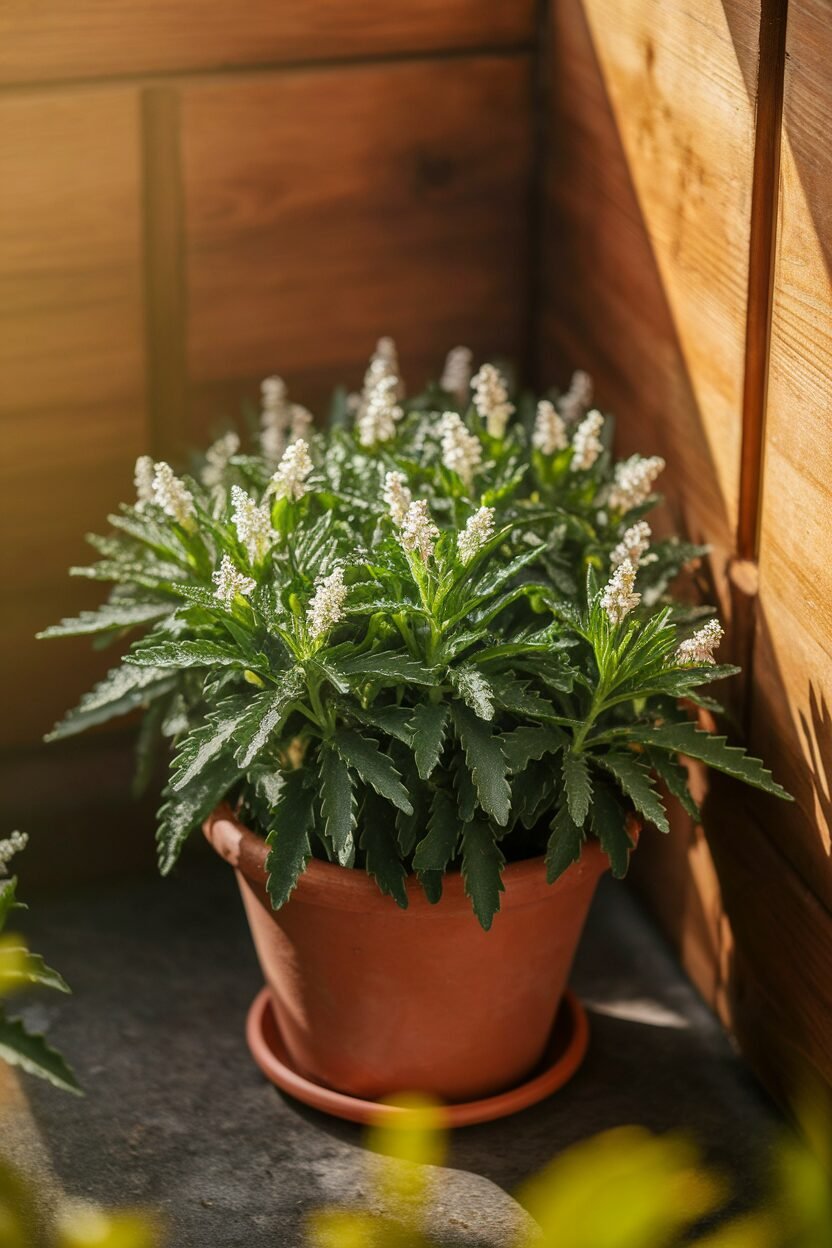
Szechuan pepper is a unique herb that adds a spicy kick to dishes. Its beautiful leaves and distinctive flavor make it a fun addition to your garden!
This herb is often used in Szechuan cuisine and is great for adding depth to your meals. Plus, it has various health benefits, including aiding digestion.
Szechuan pepper prefers full sun and well-drained soil. Keep it watered regularly to ensure it thrives!
Consider using it fresh for the best flavor! Szechuan pepper plants can be a bit pricier, but they’re worth the investment for their unique taste!
32. Sweet Potato Vine
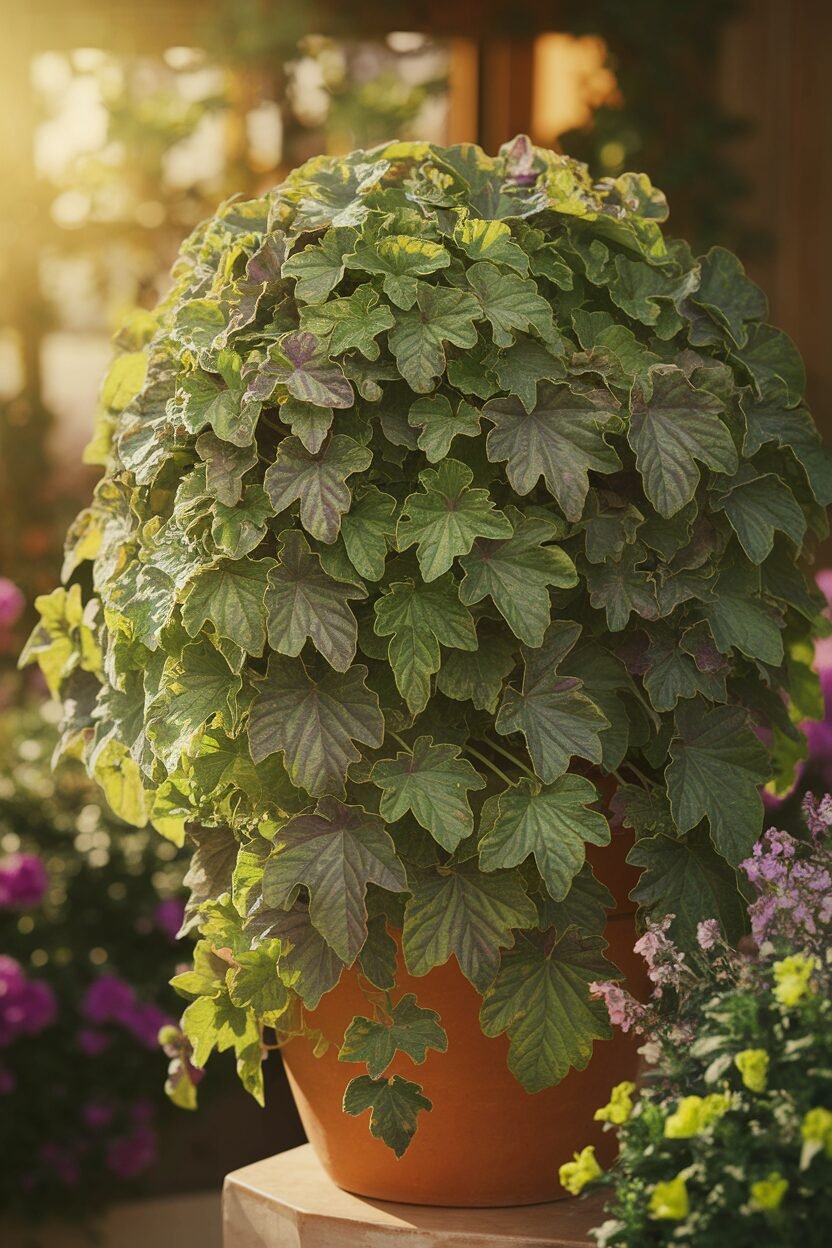
Sweet potato vine is a beautiful plant that can also be used in cooking. Its vibrant leaves can add a pop of color to your garden!
This plant is often used for making sweet potato dishes and adds a lovely twist to salads. Plus, it’s super easy to grow, making it a favorite for beginners!
Sweet potato vine prefers full sun and well-drained soil. Keep it watered regularly to ensure it thrives!
Consider growing it in a decorative pot for a stylish touch. Sweet potato vine plants are usually quite affordable, making them a great addition to your garden!
